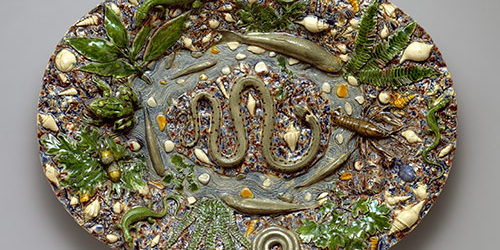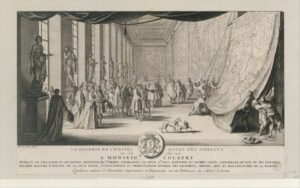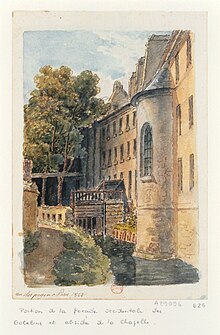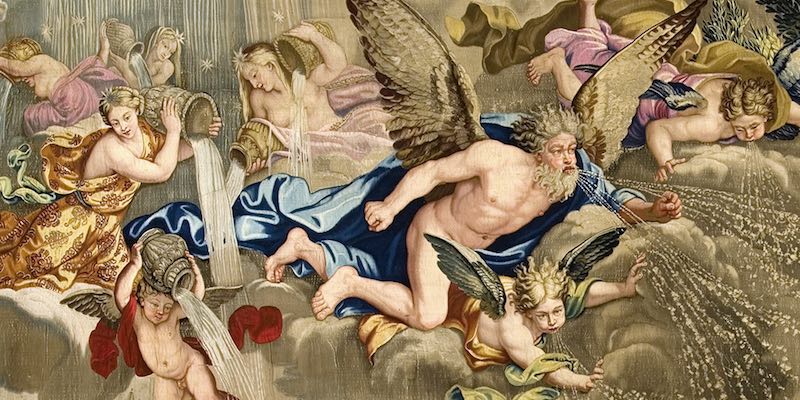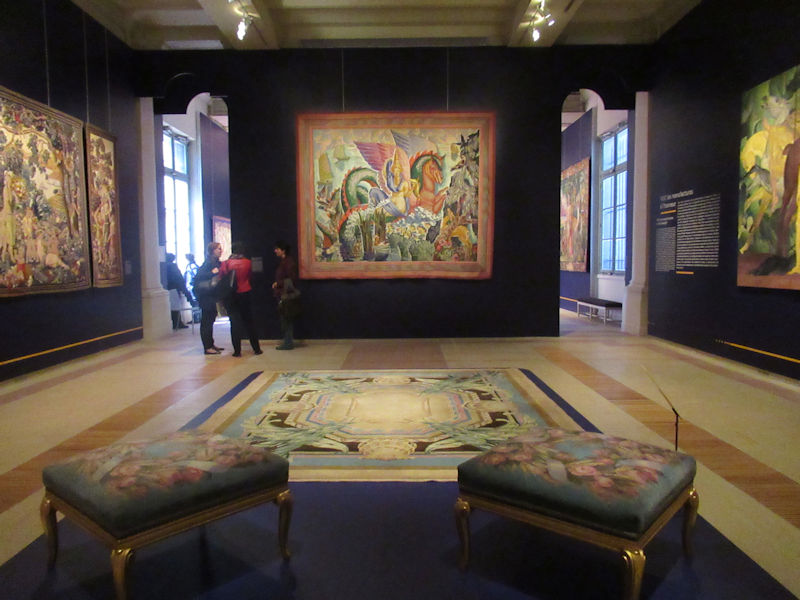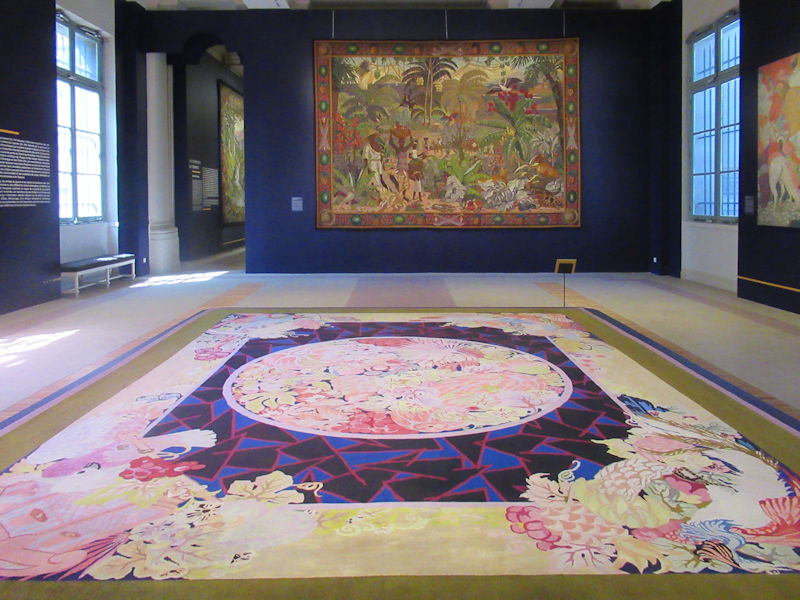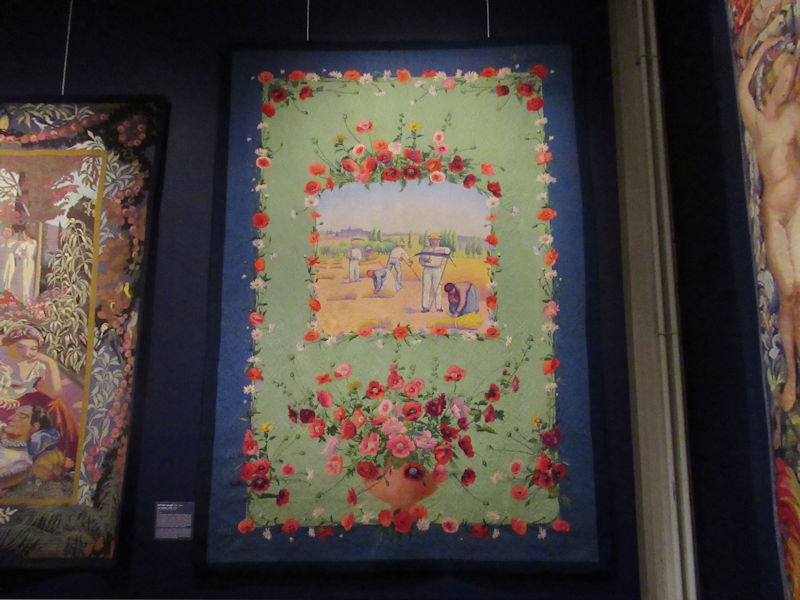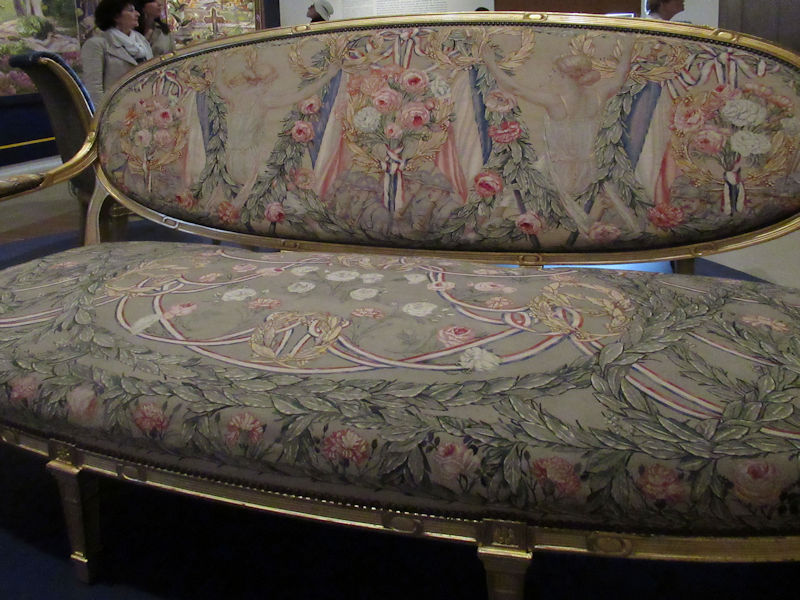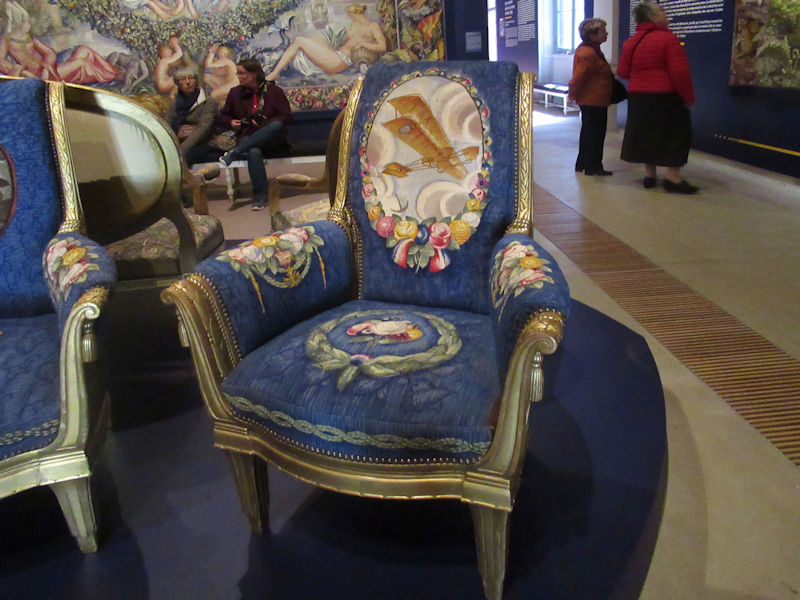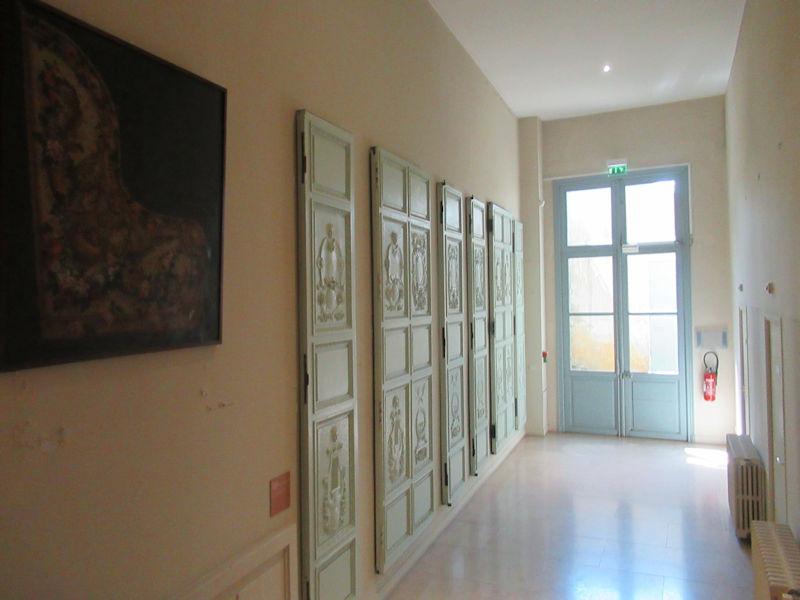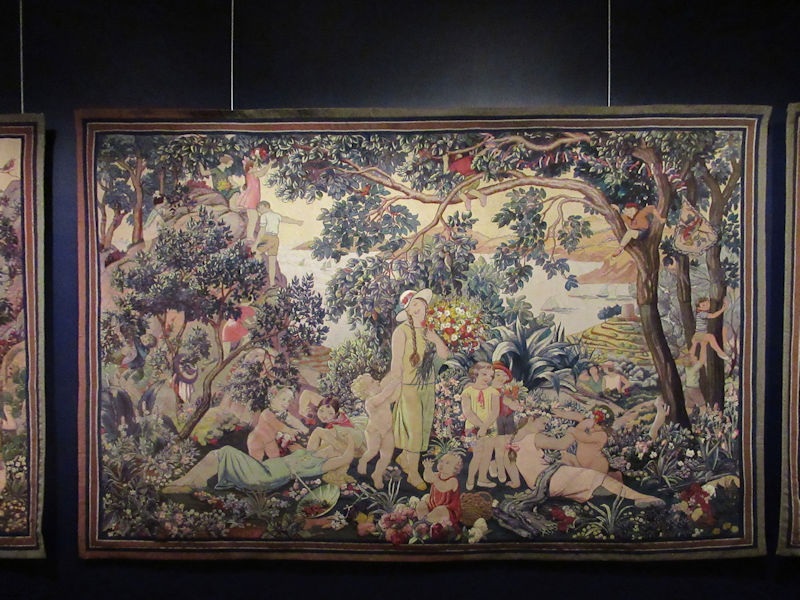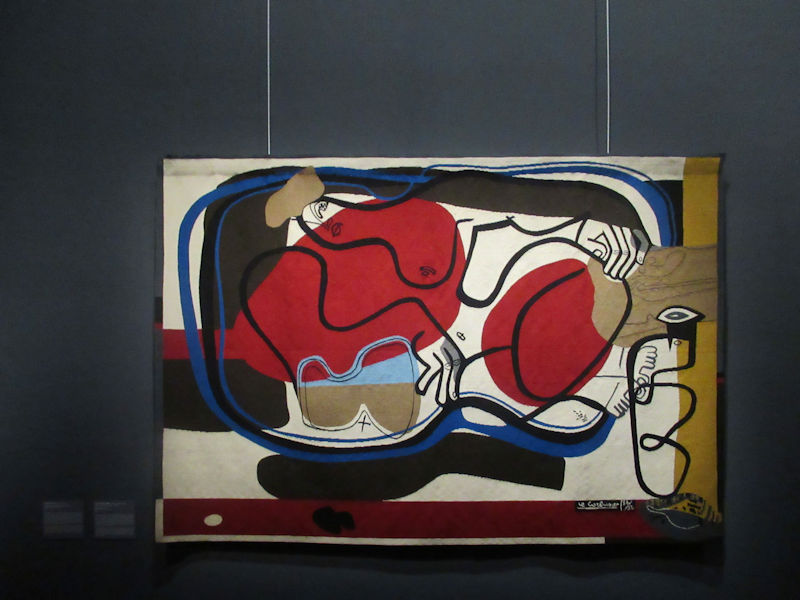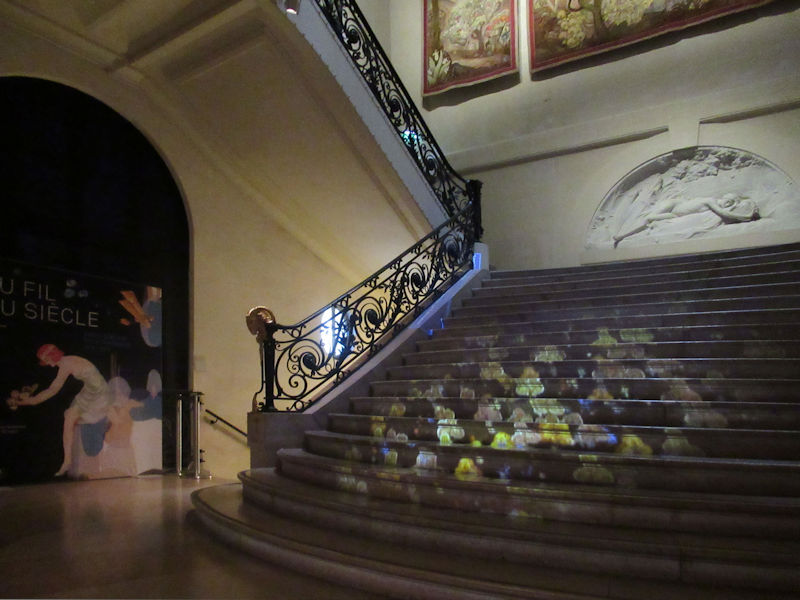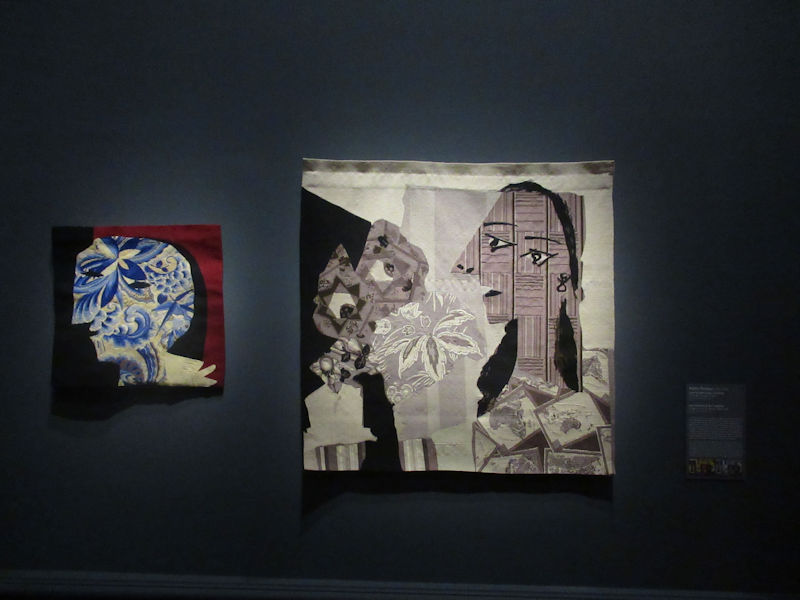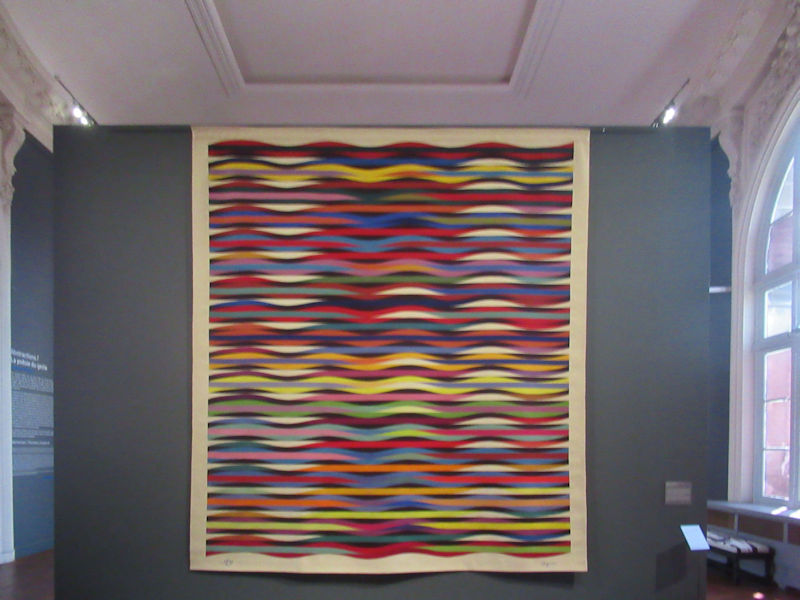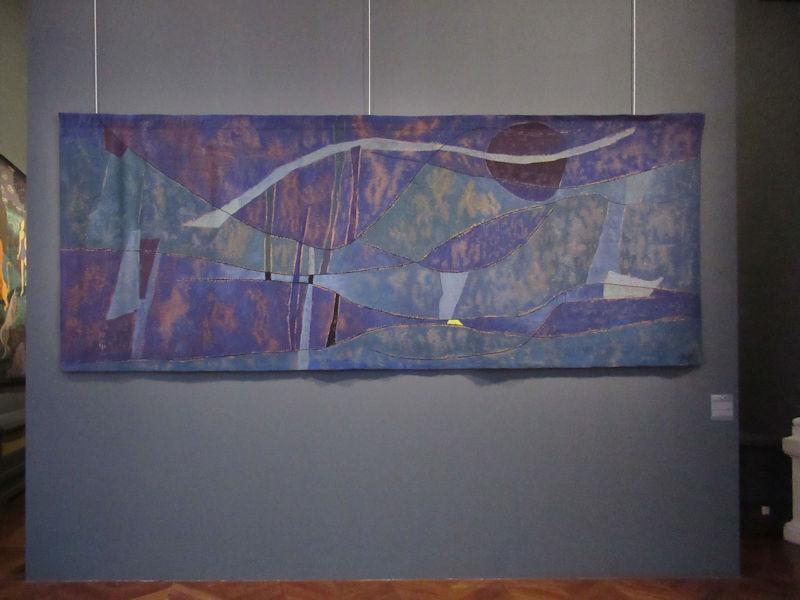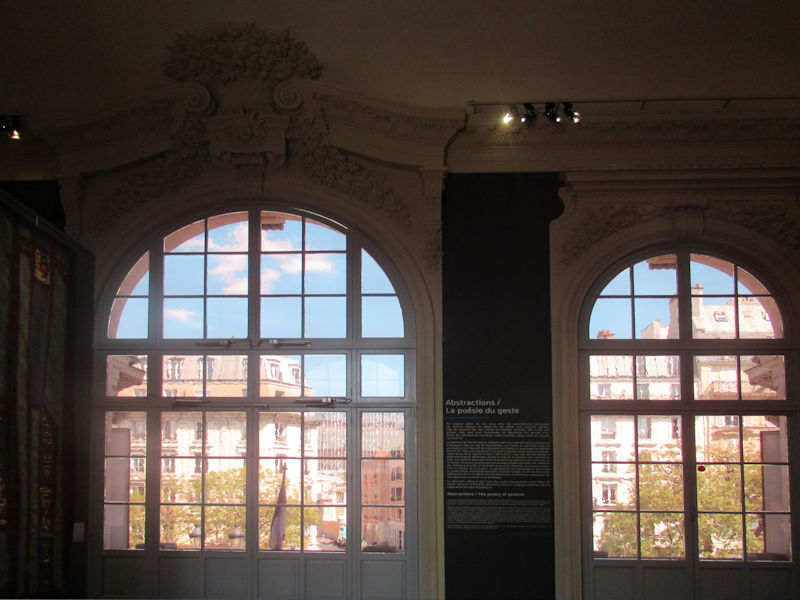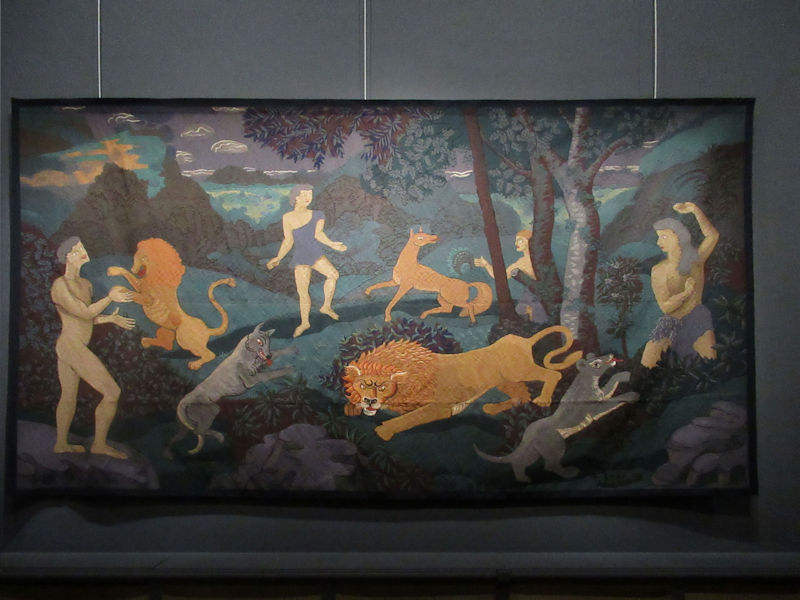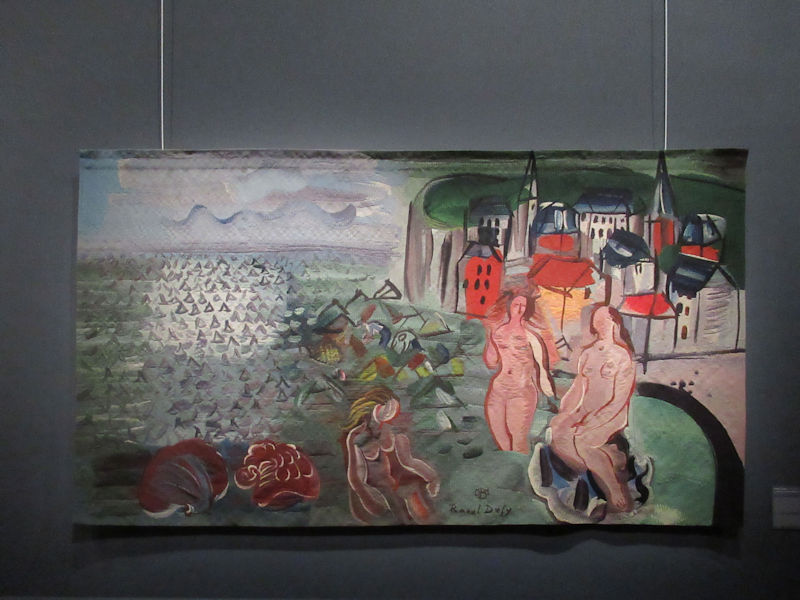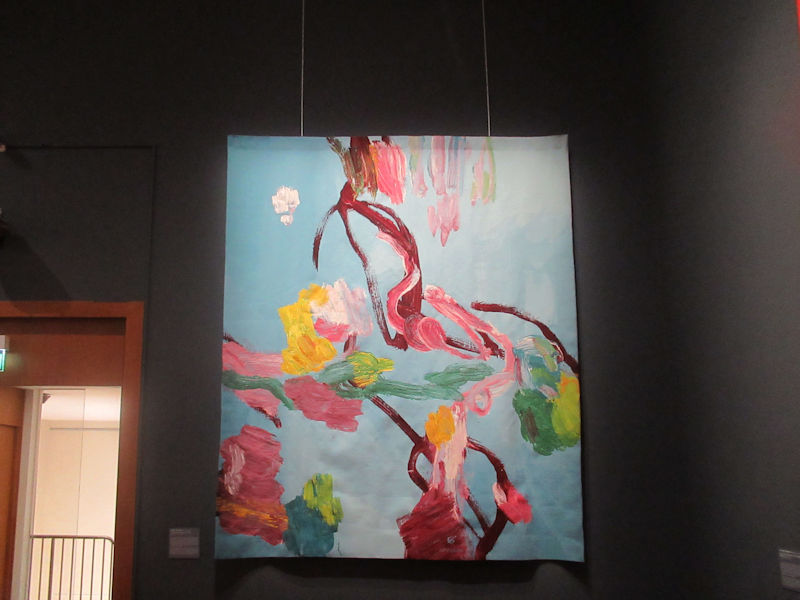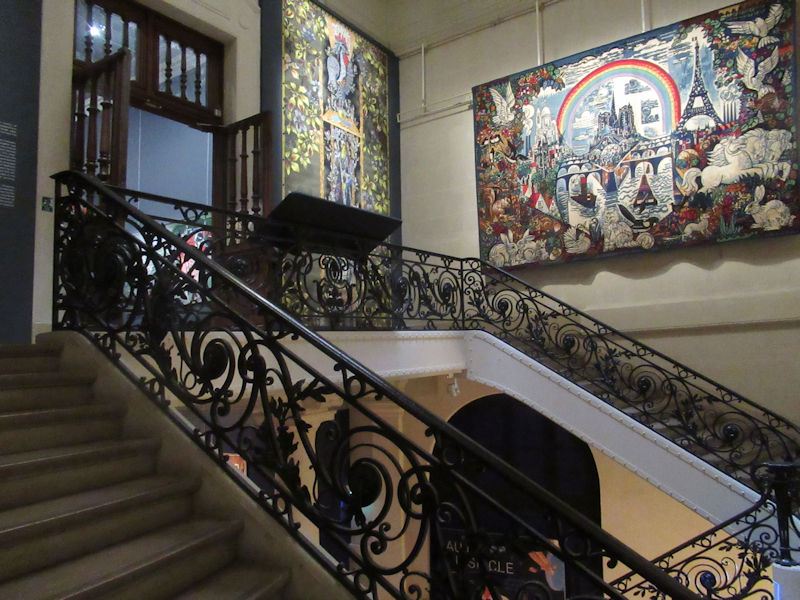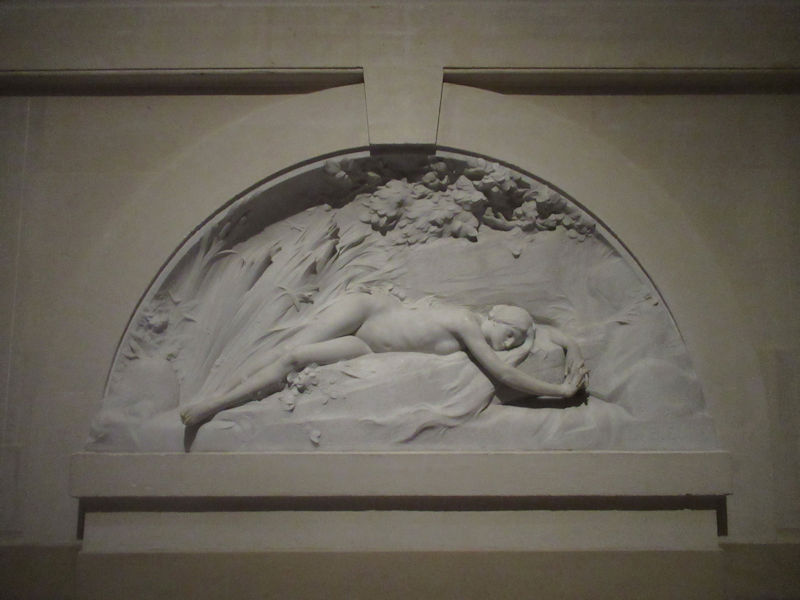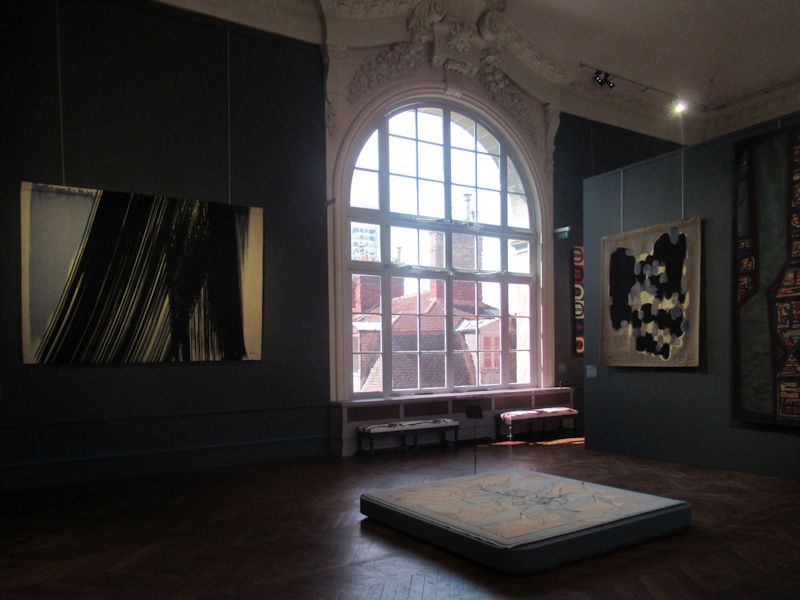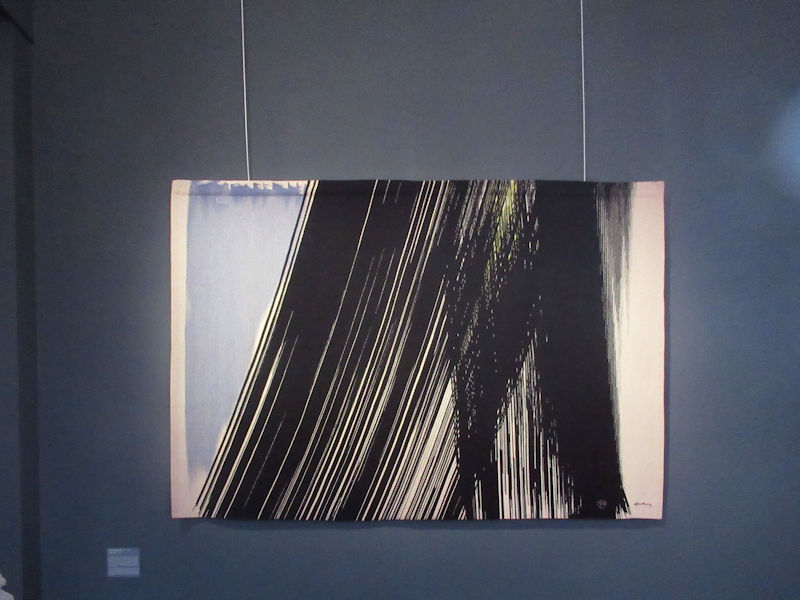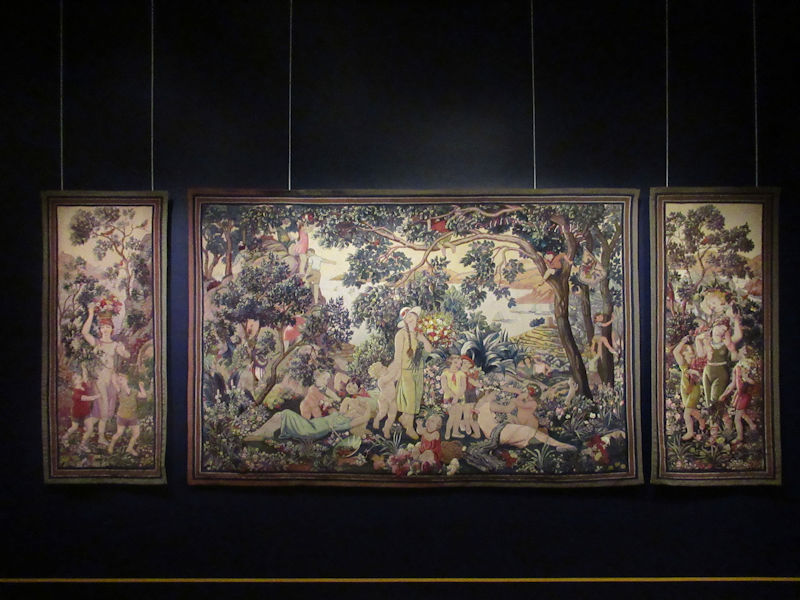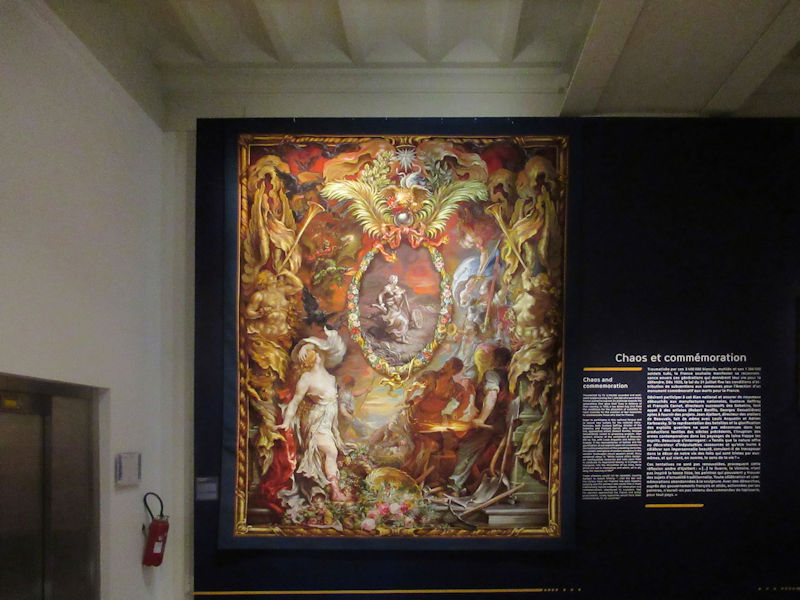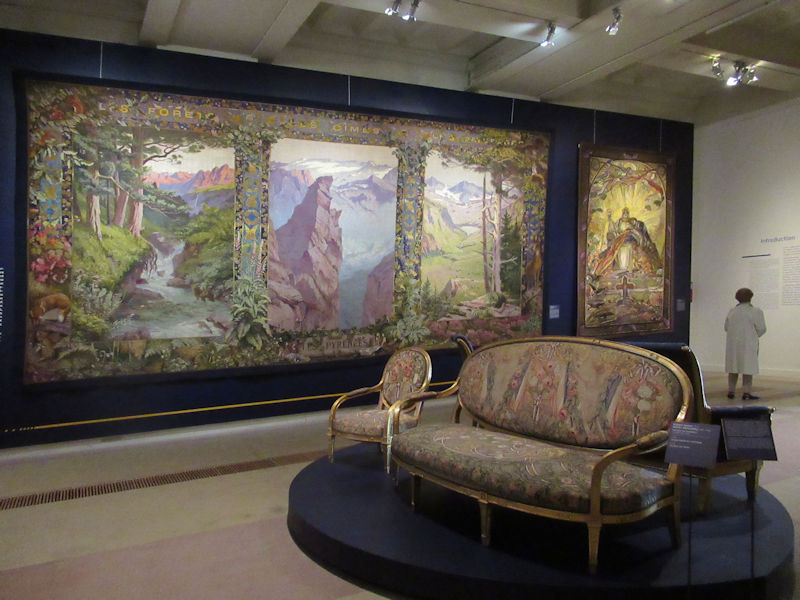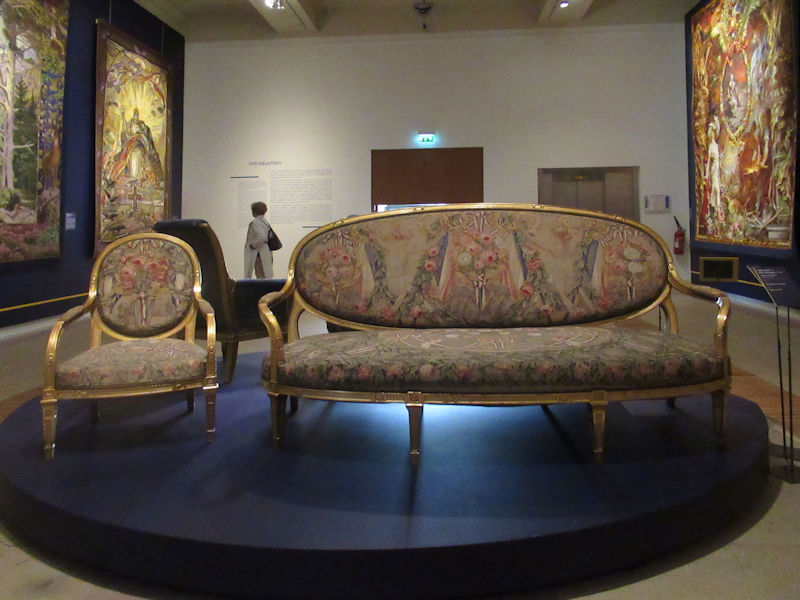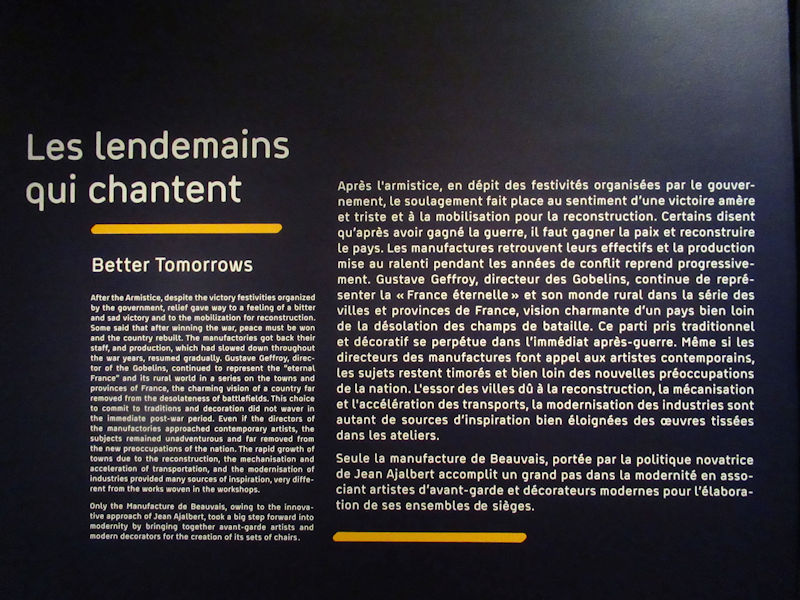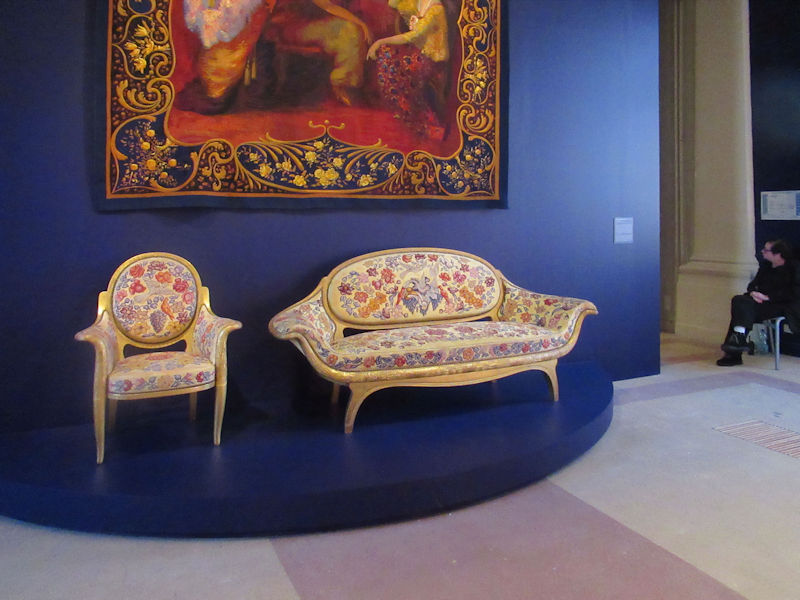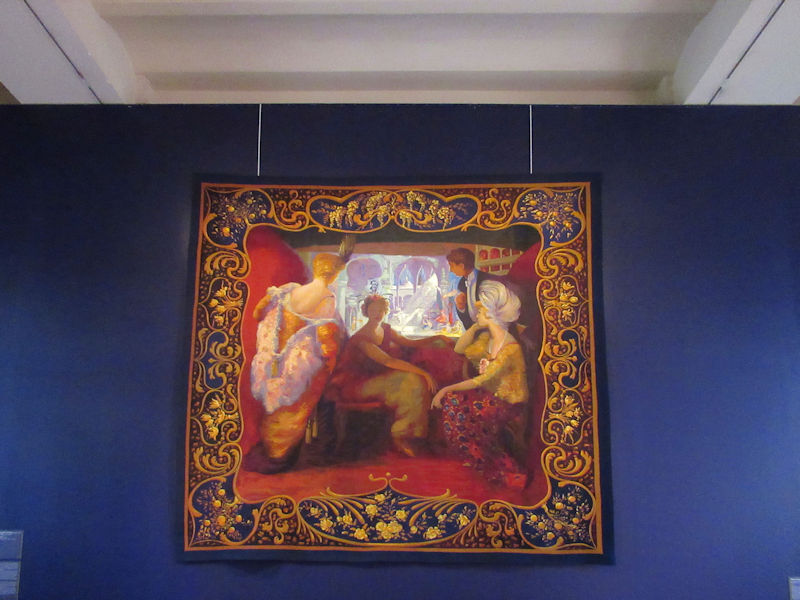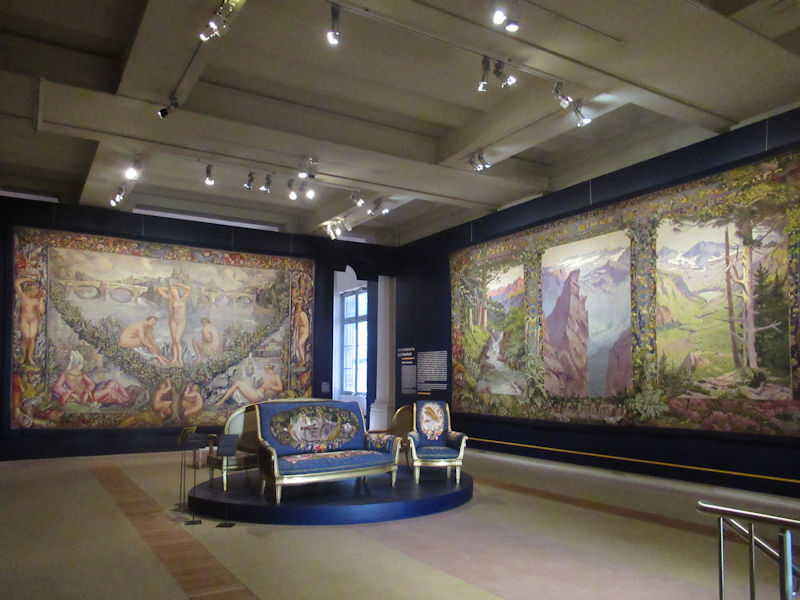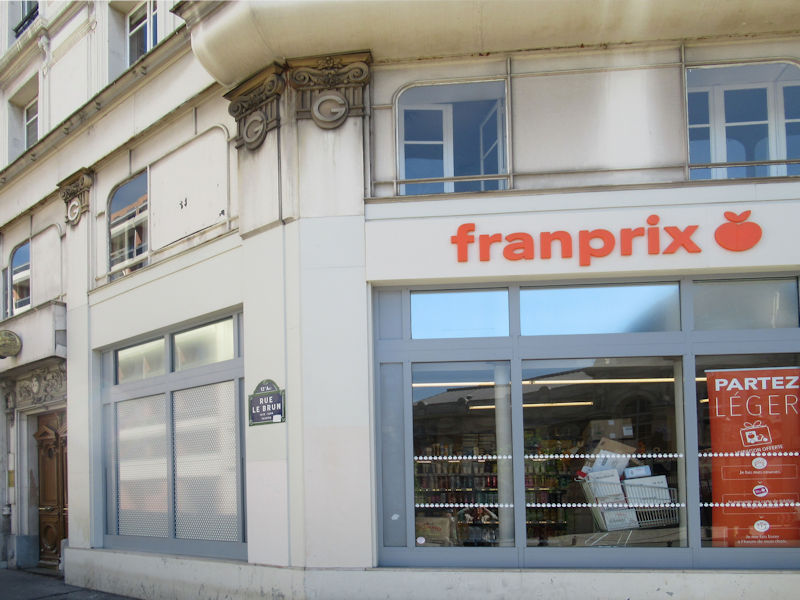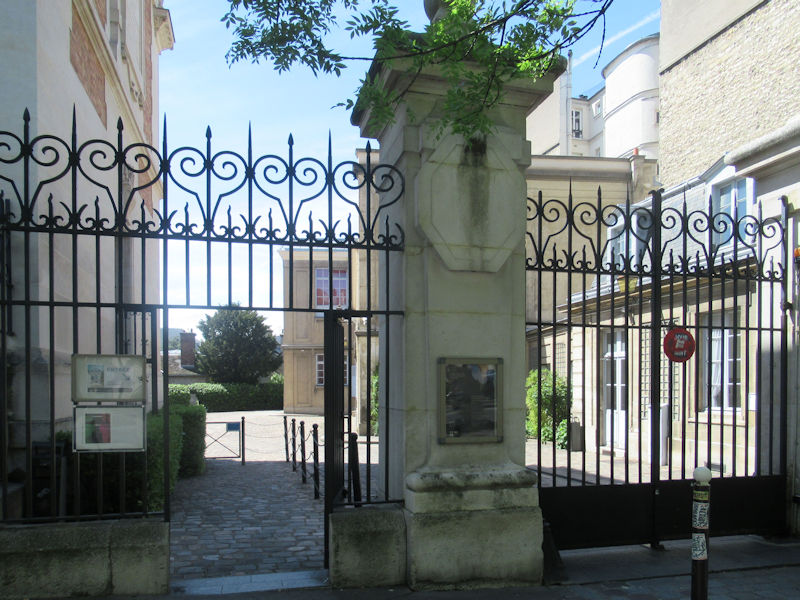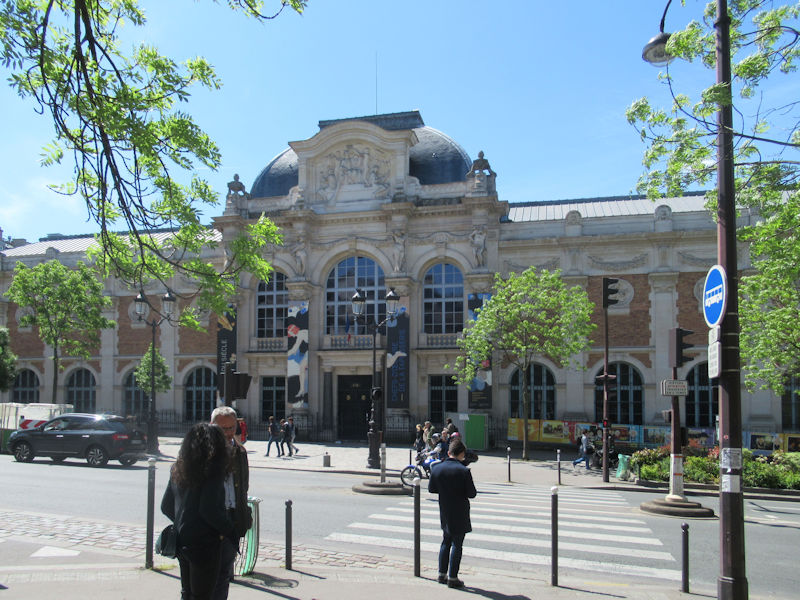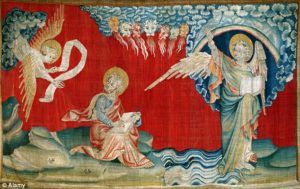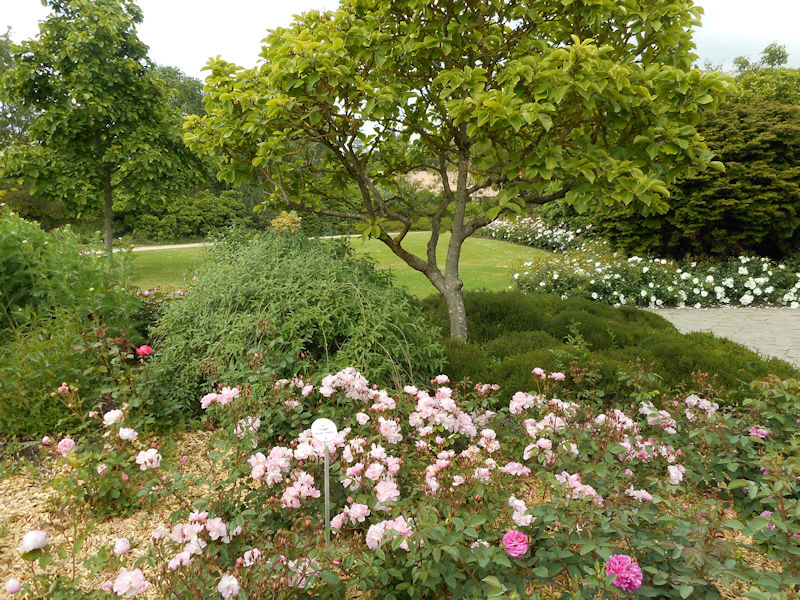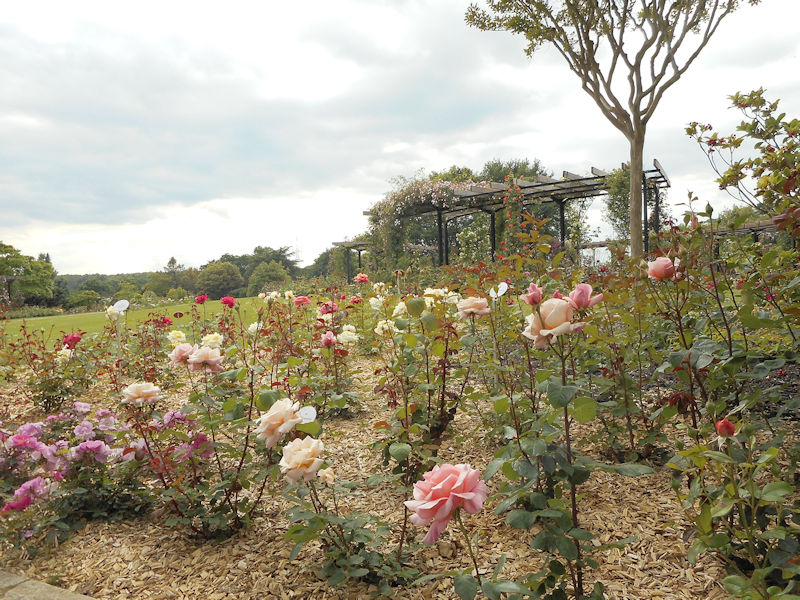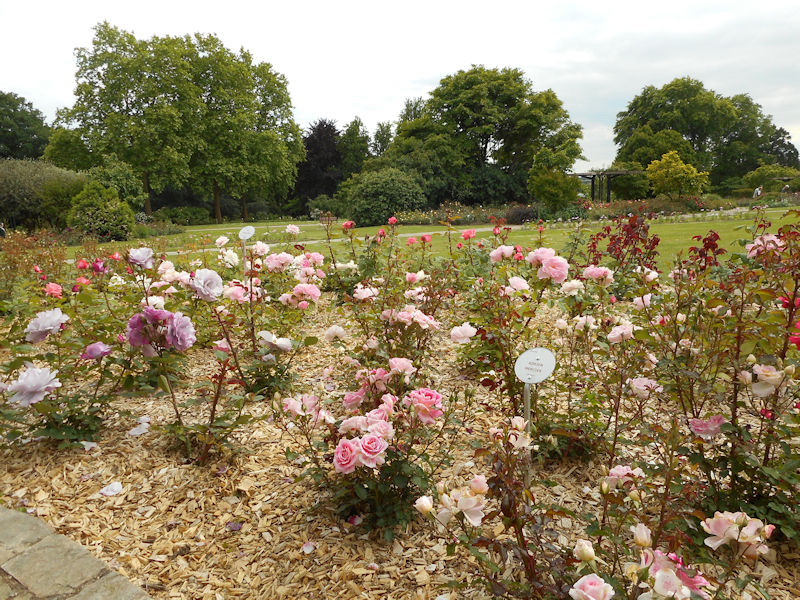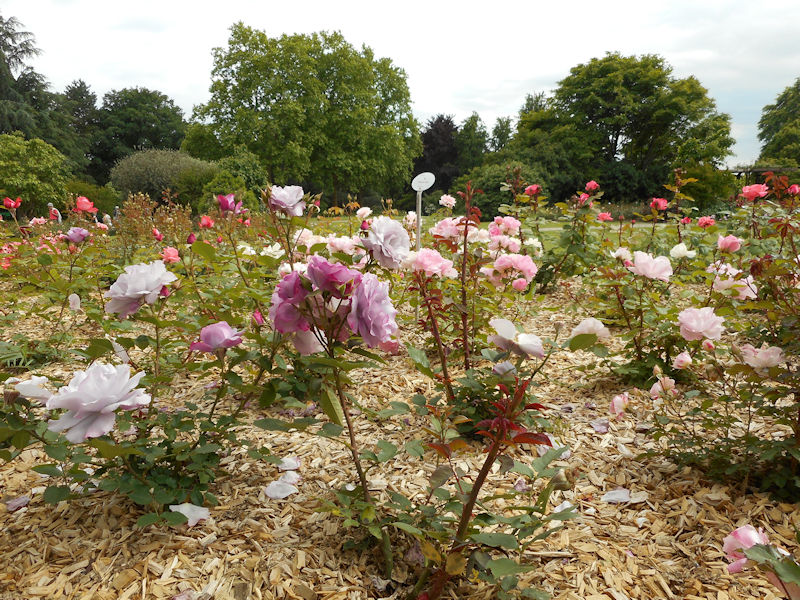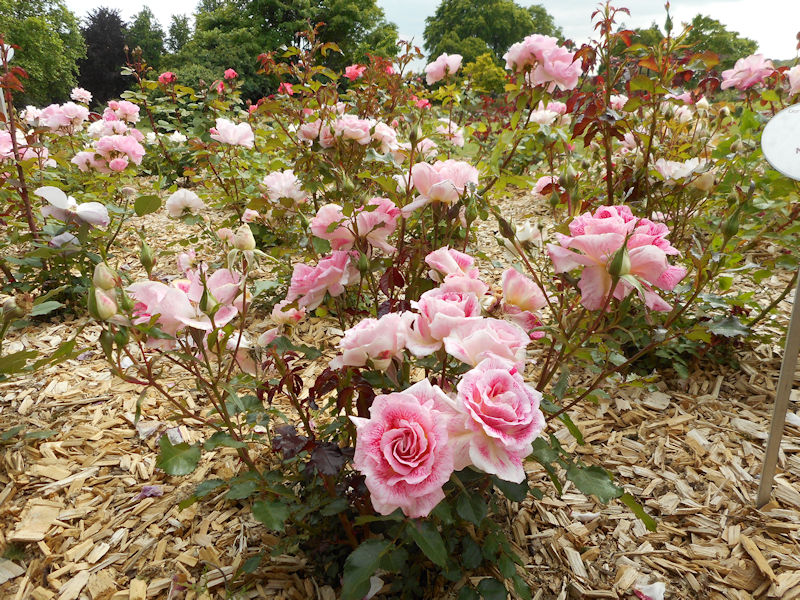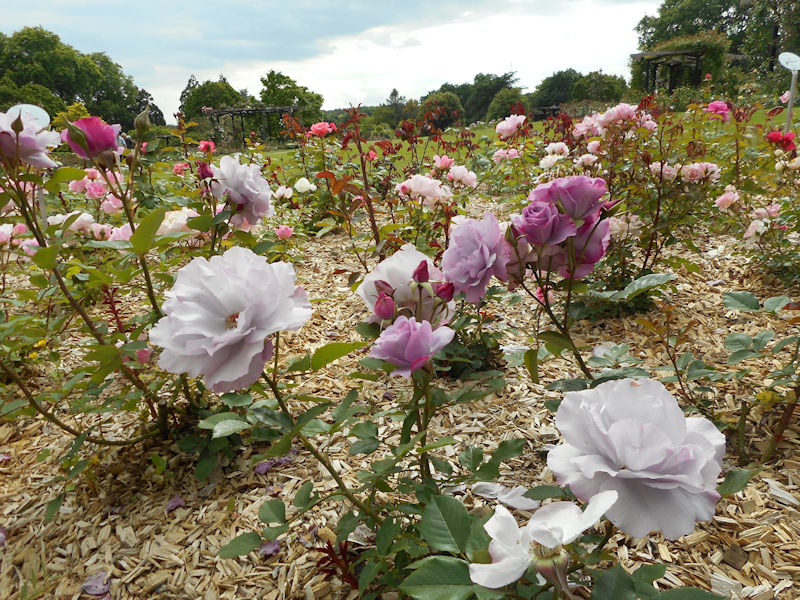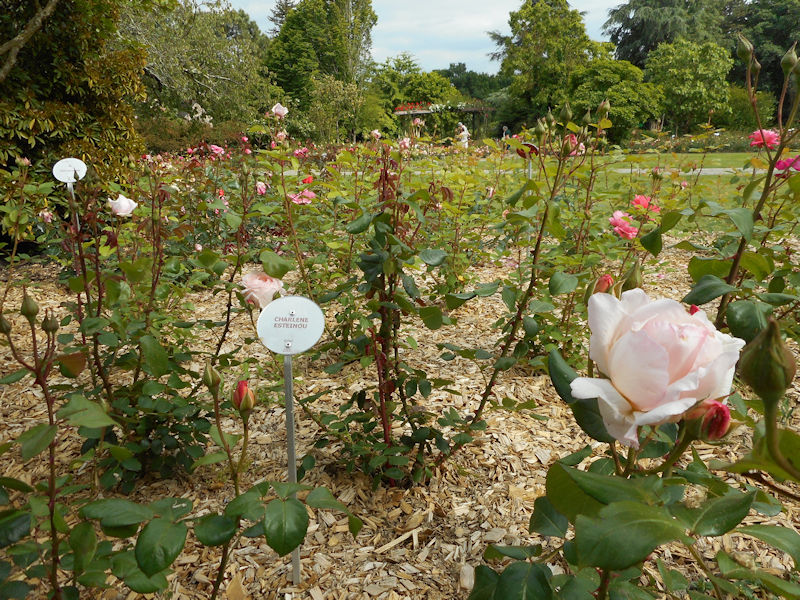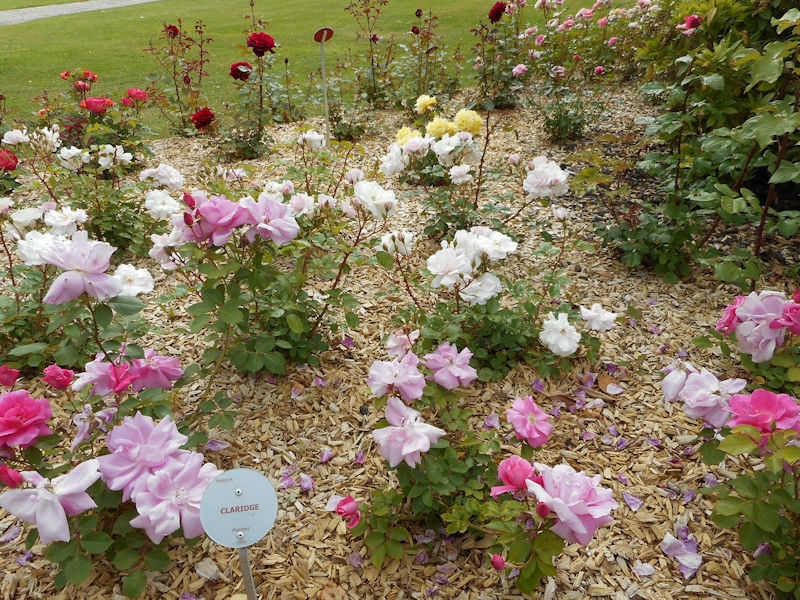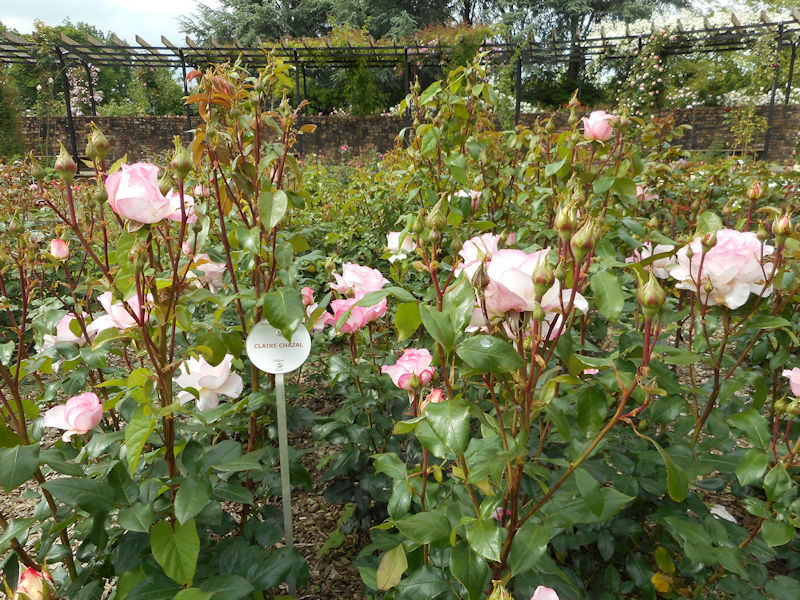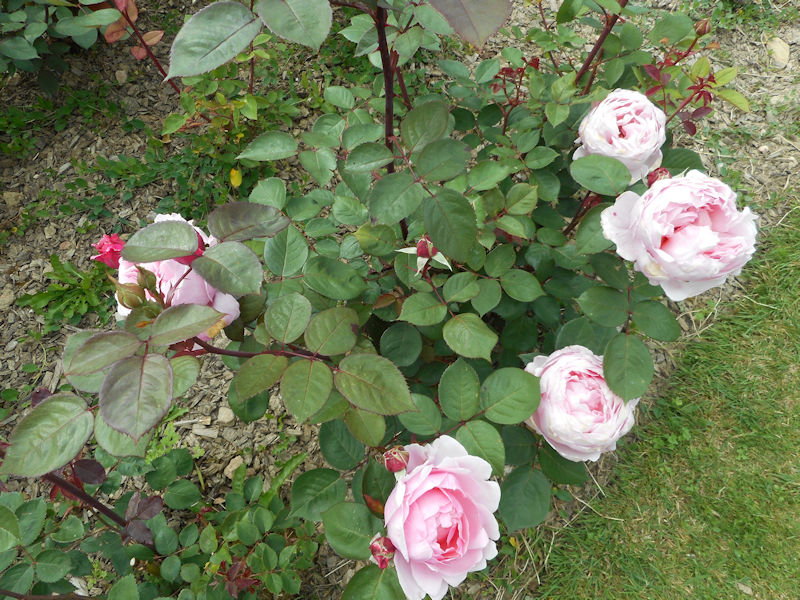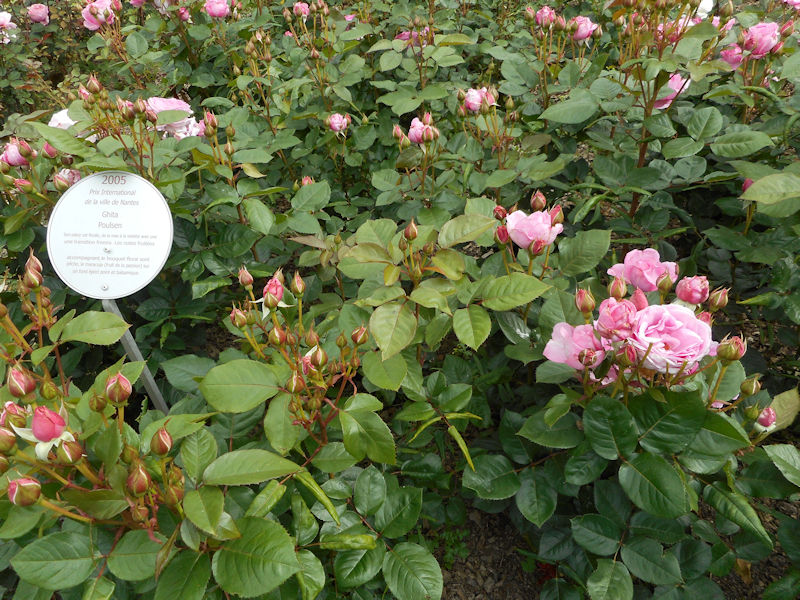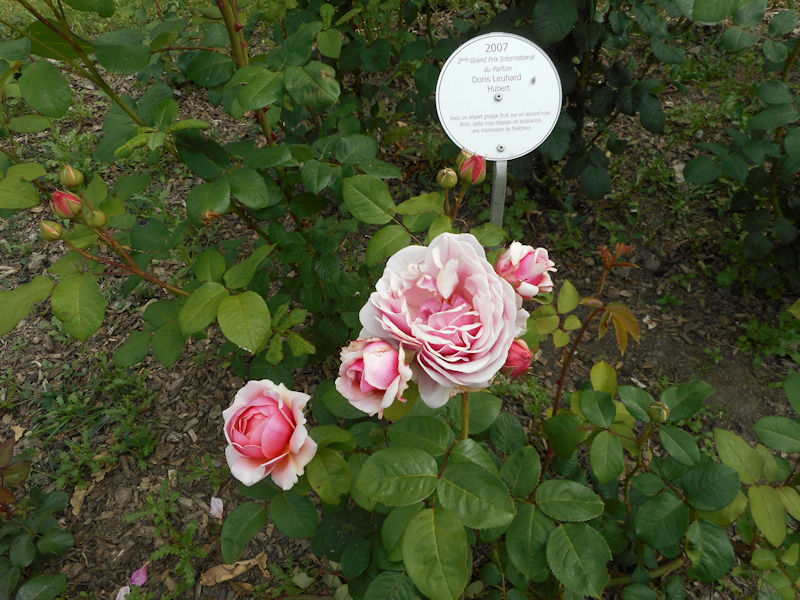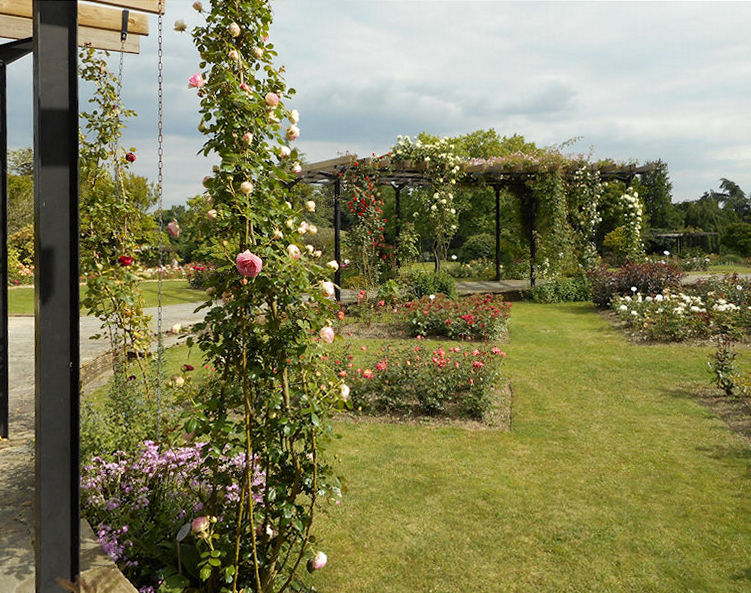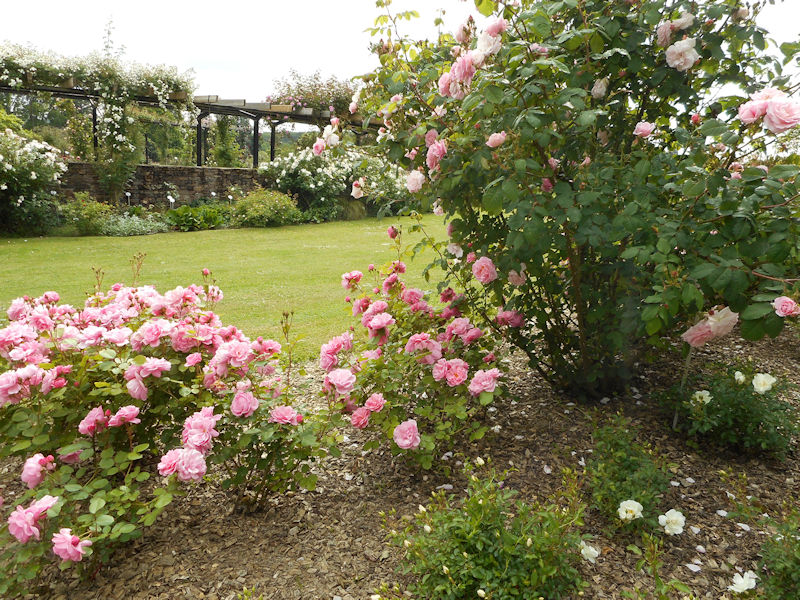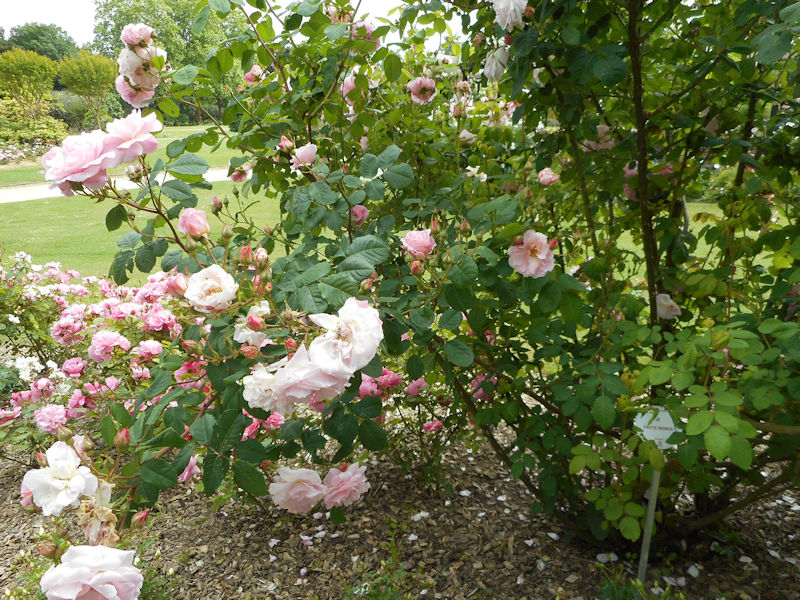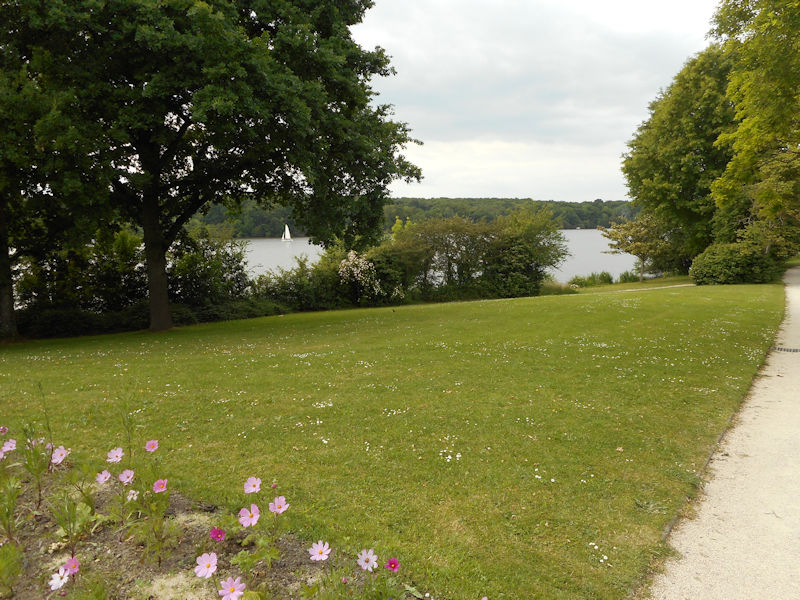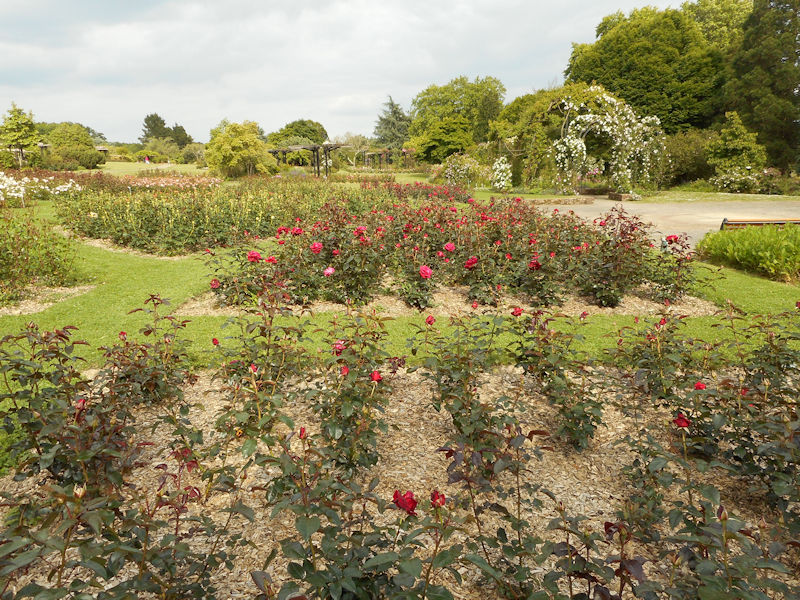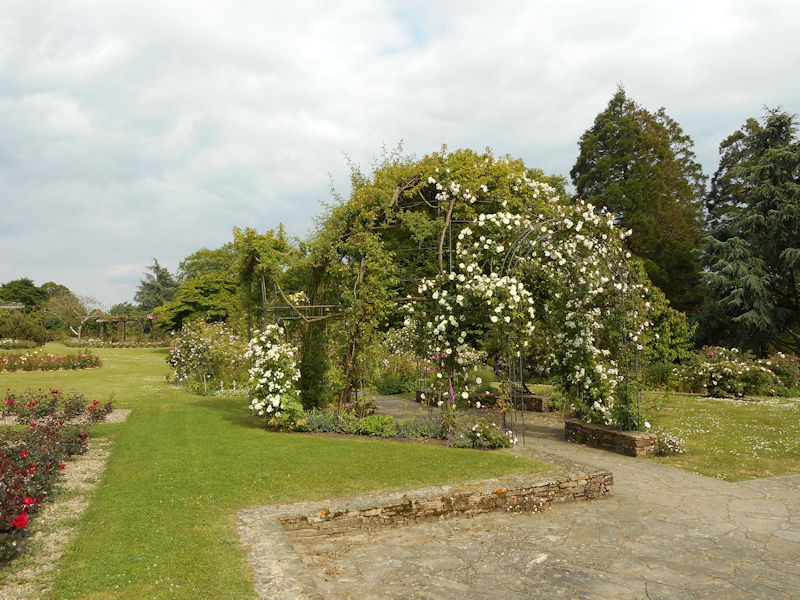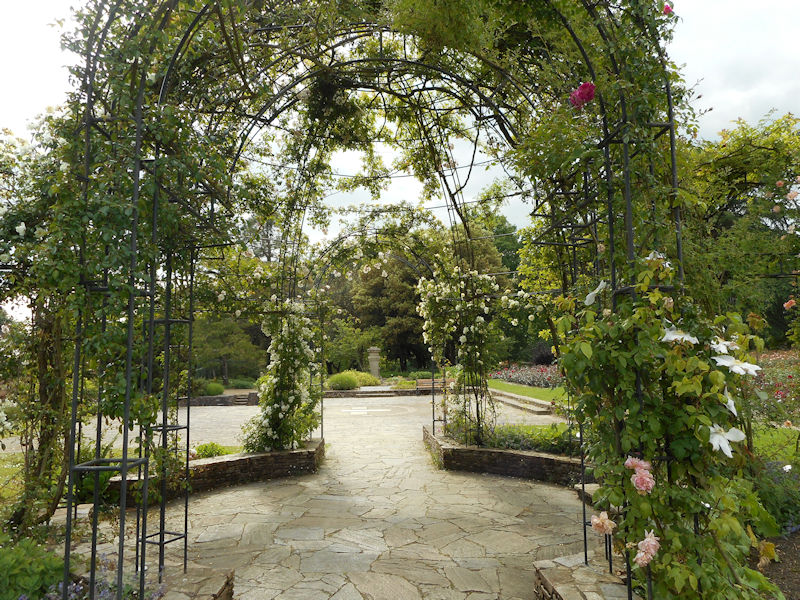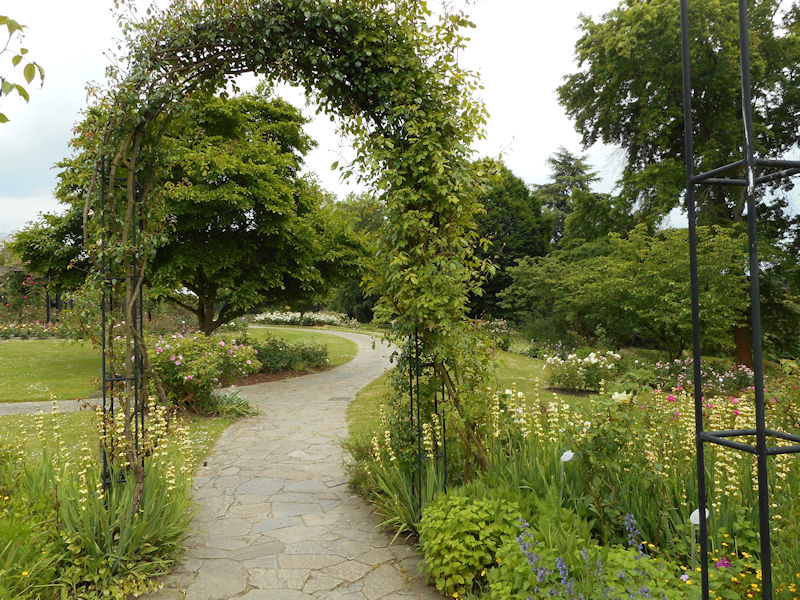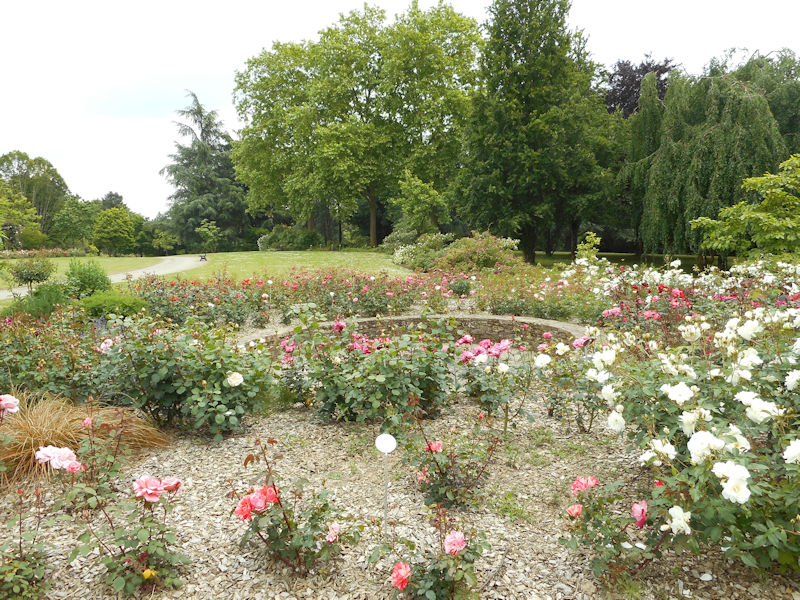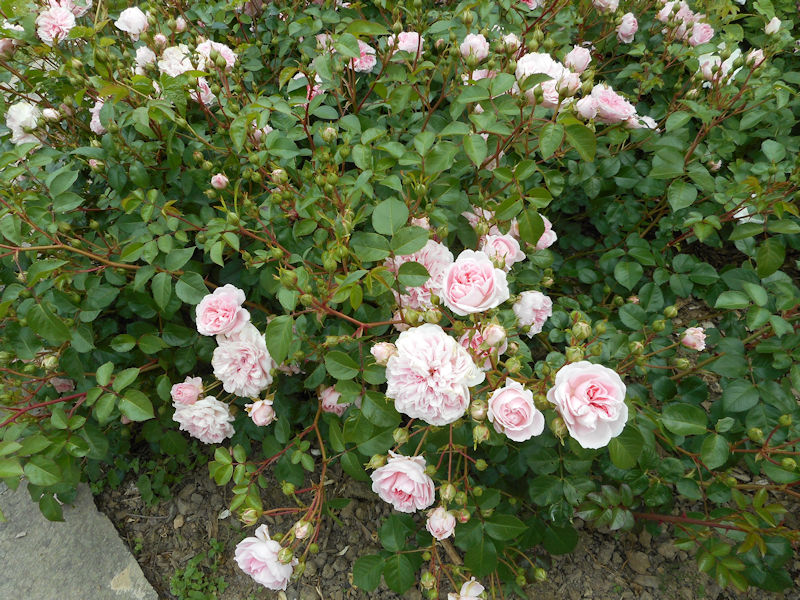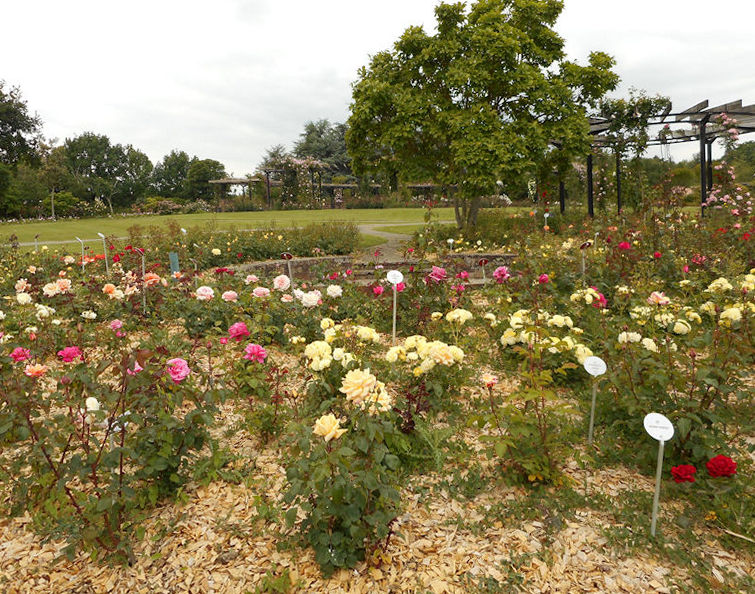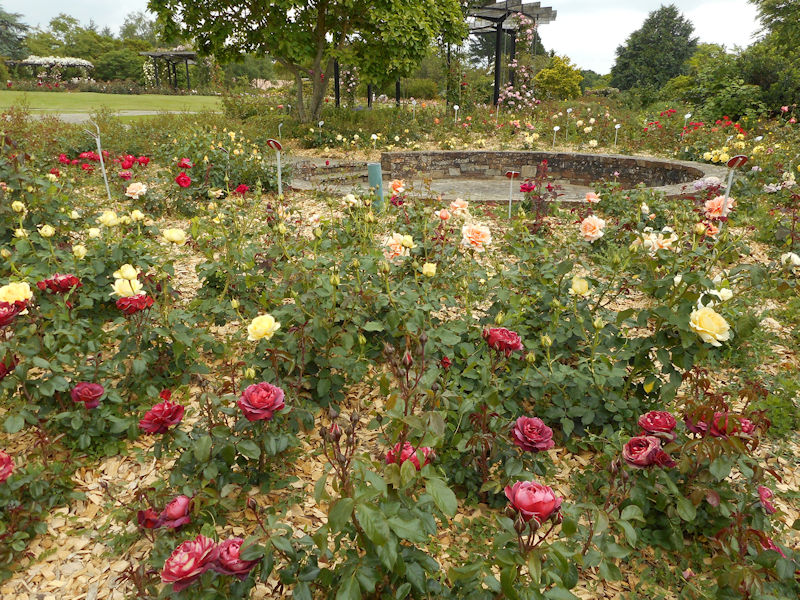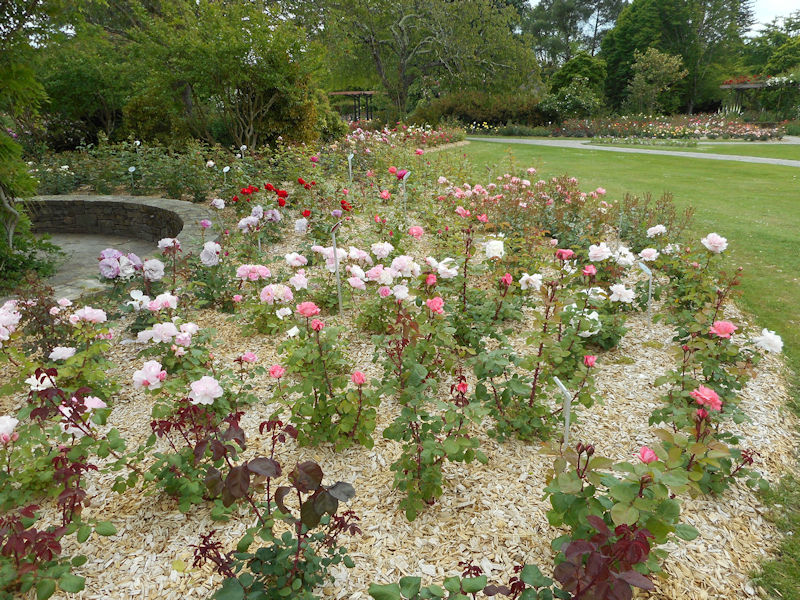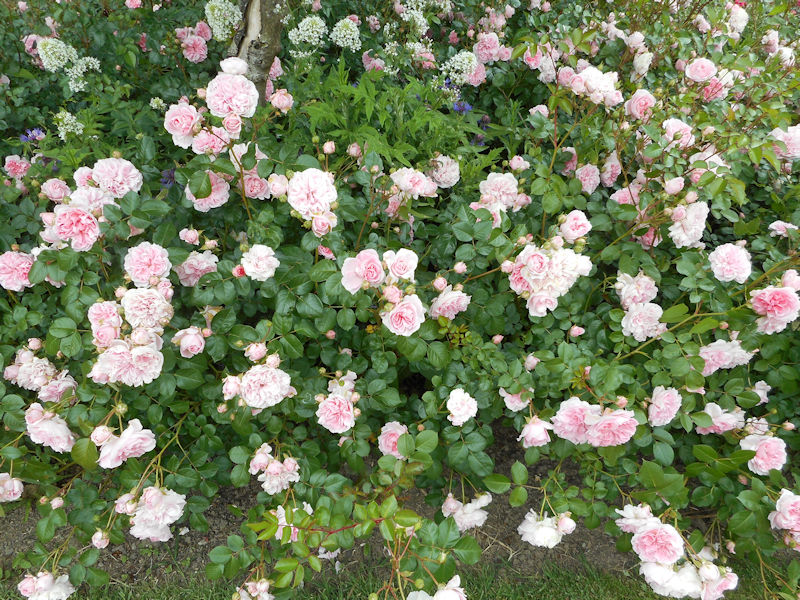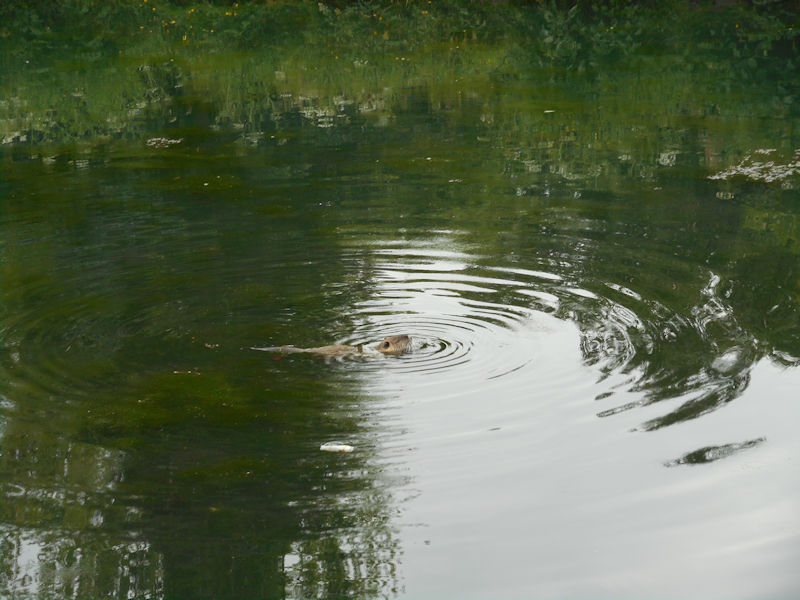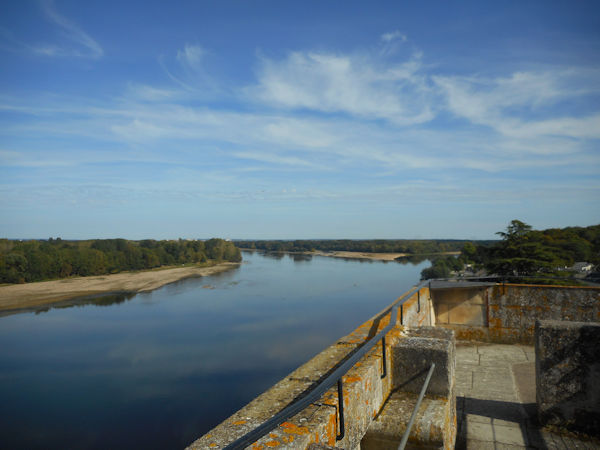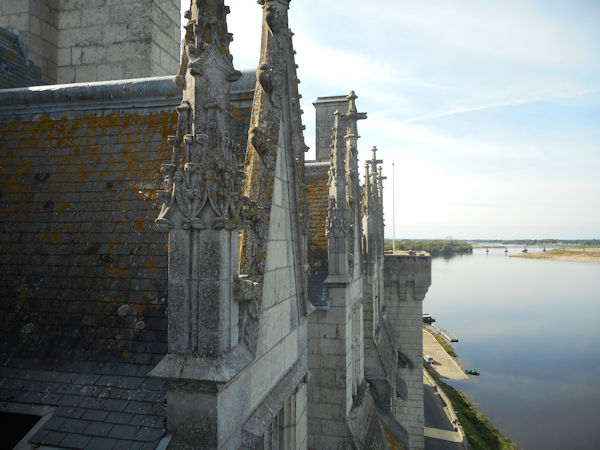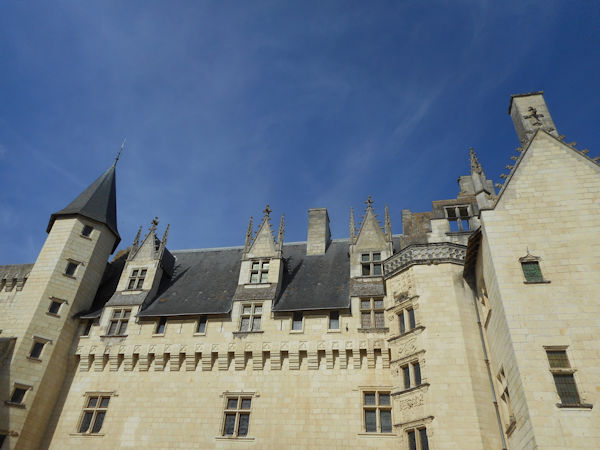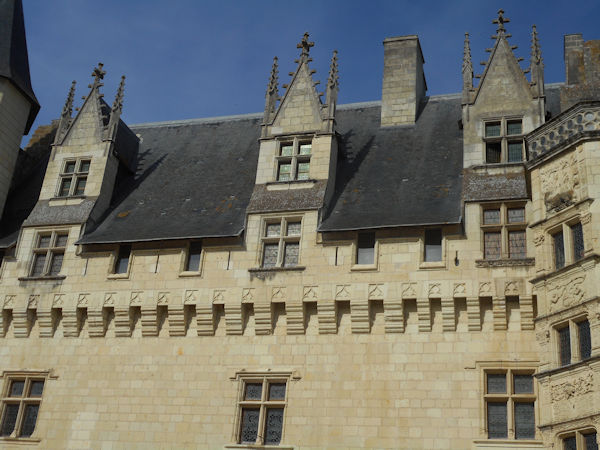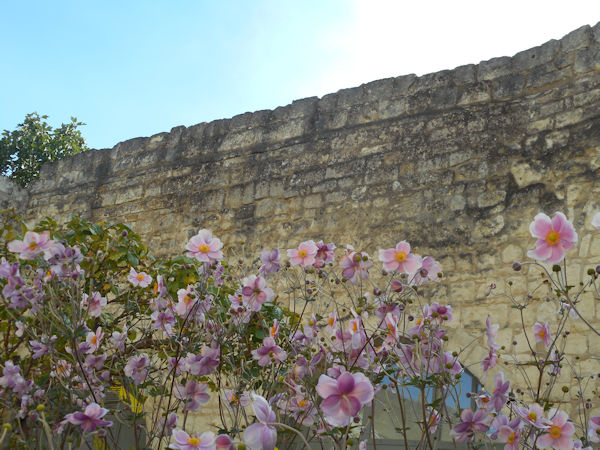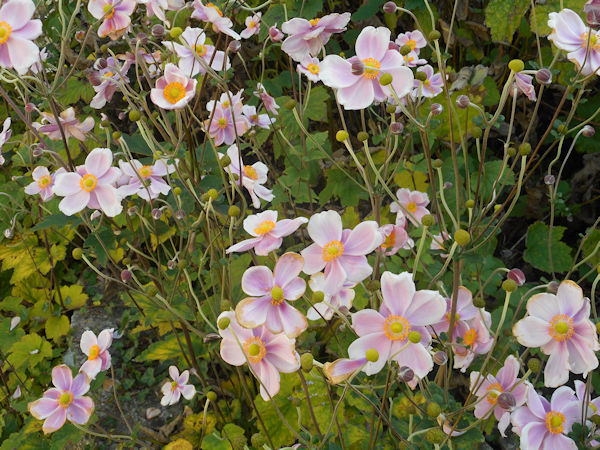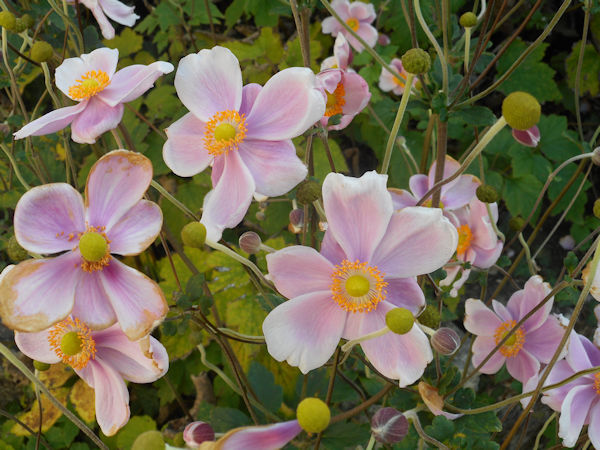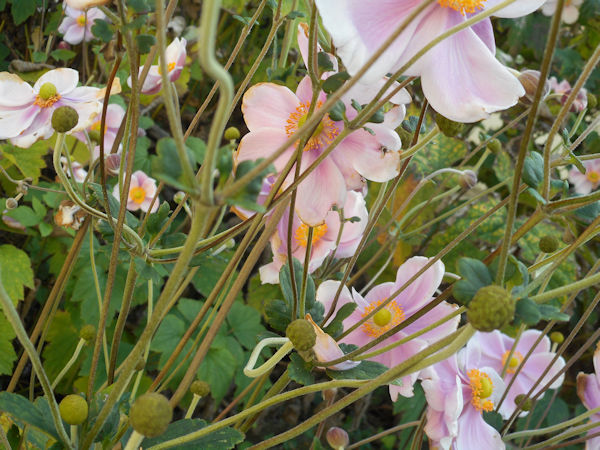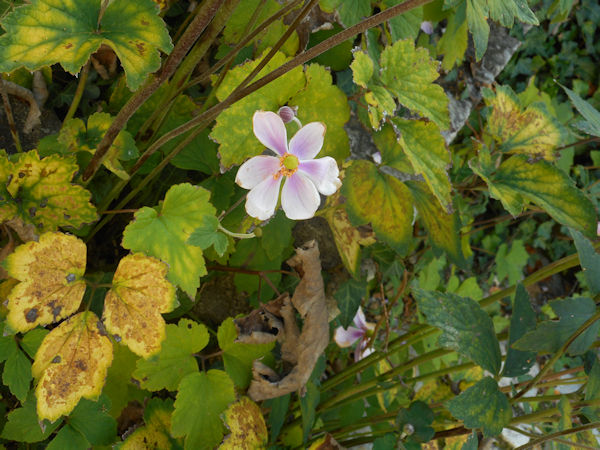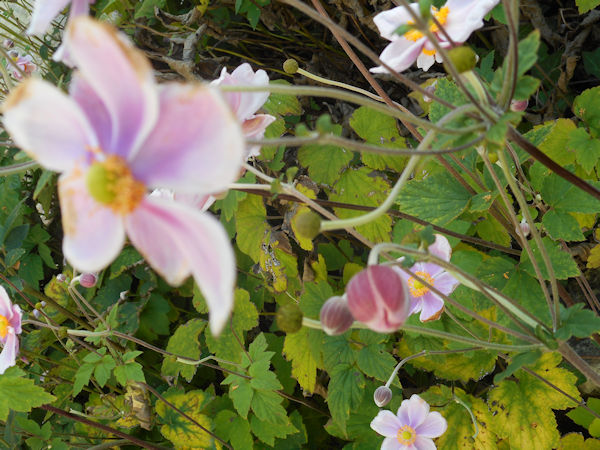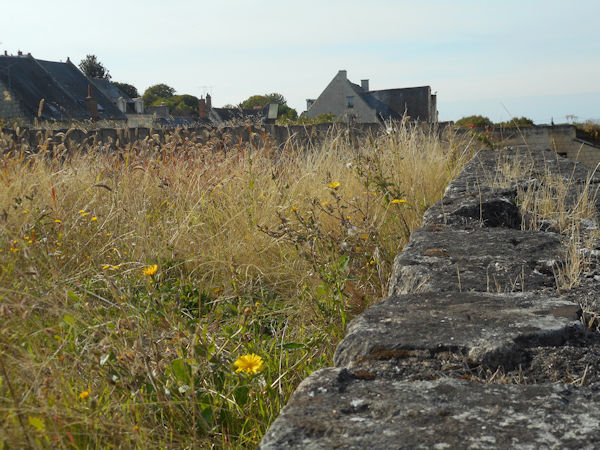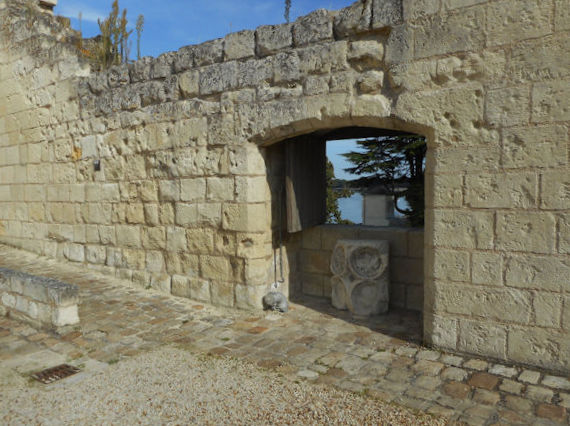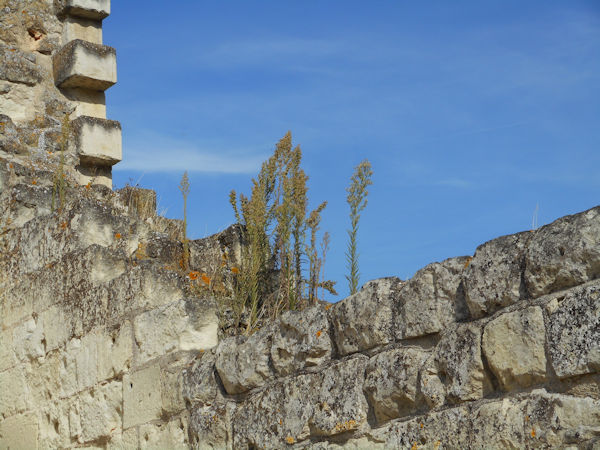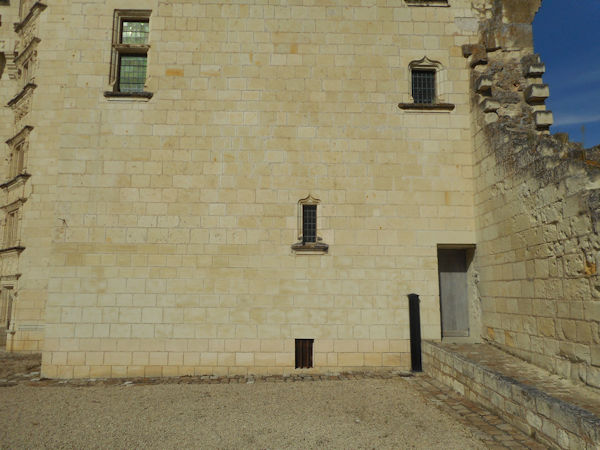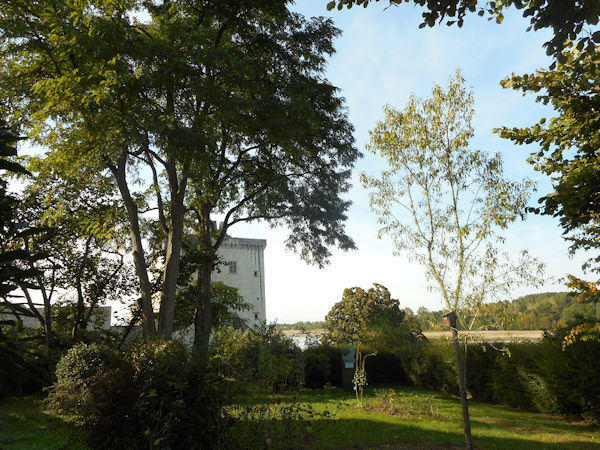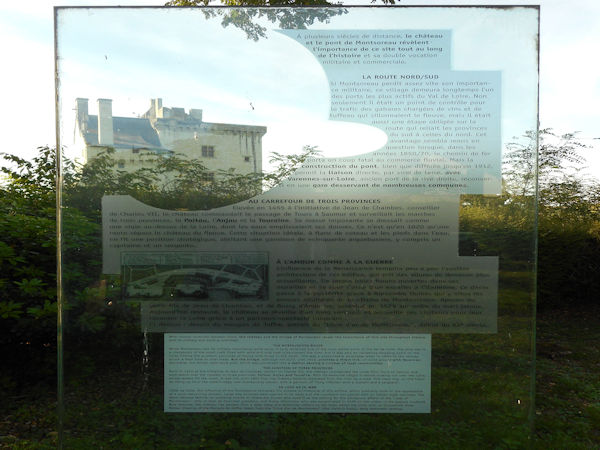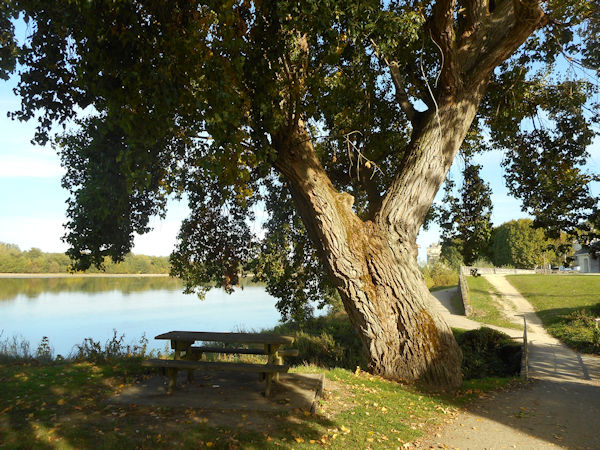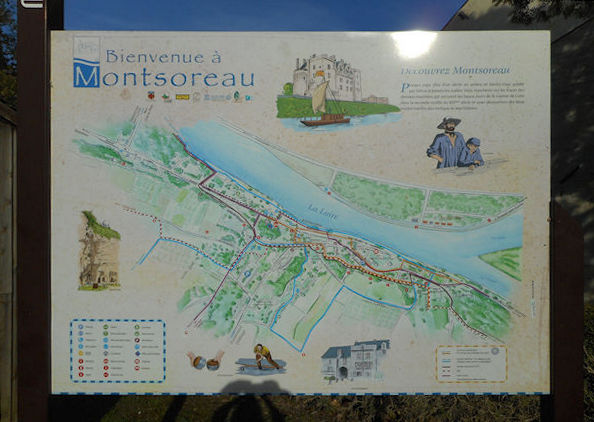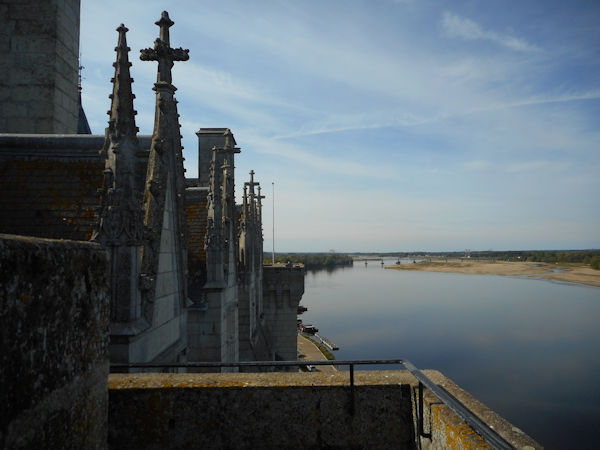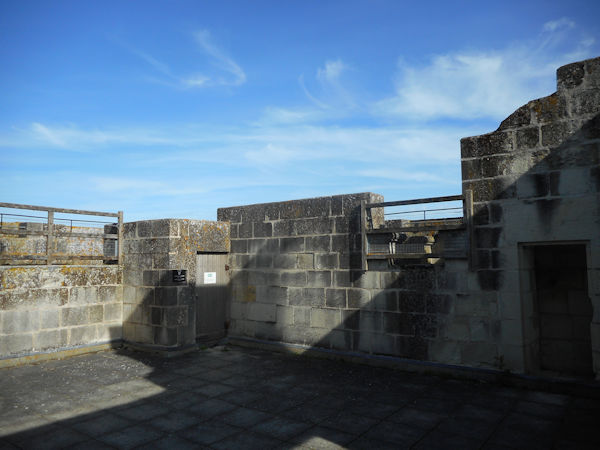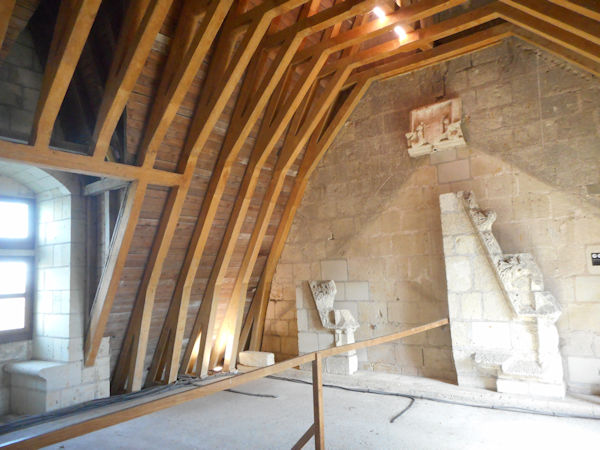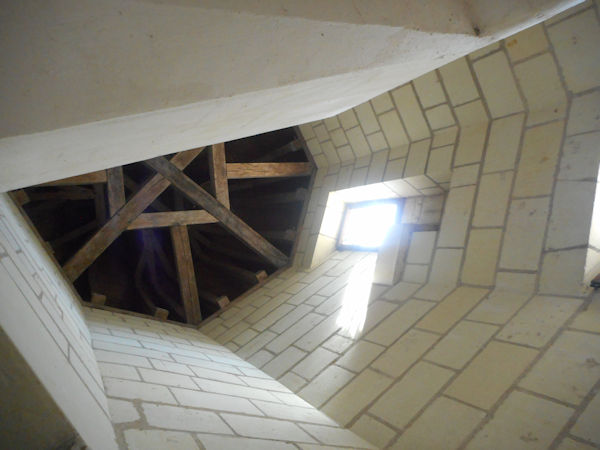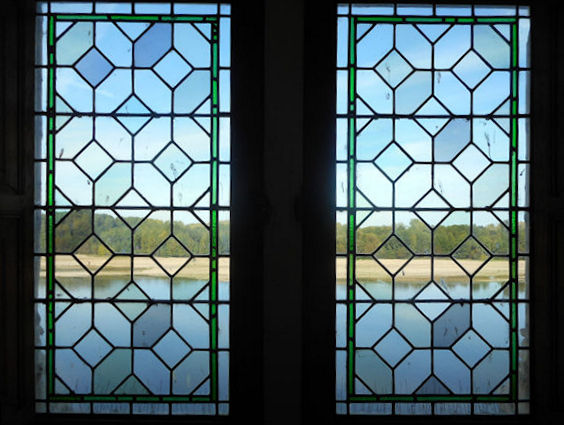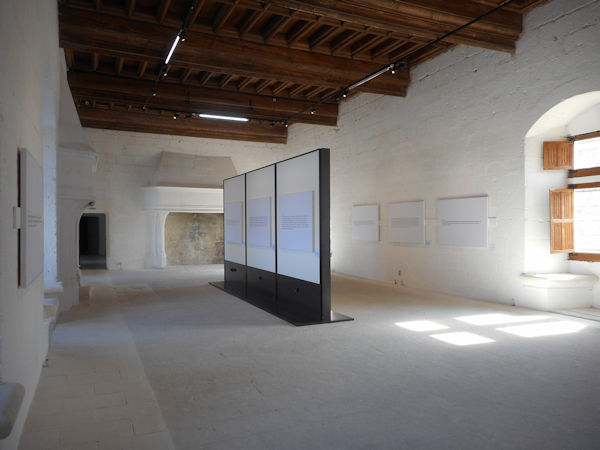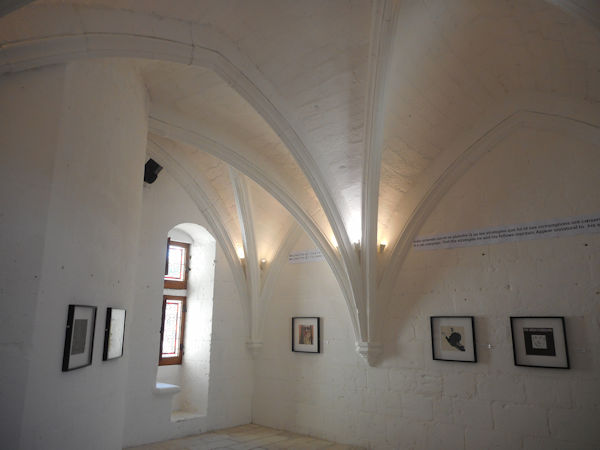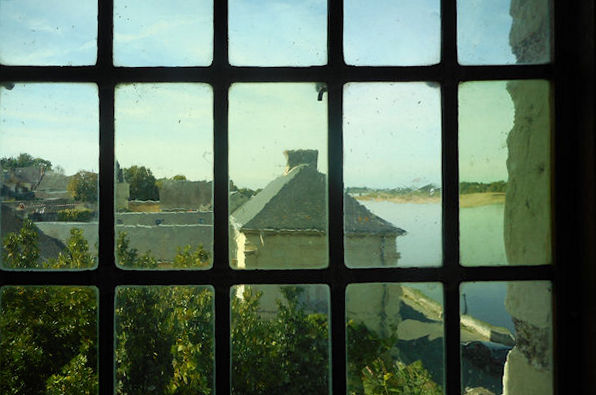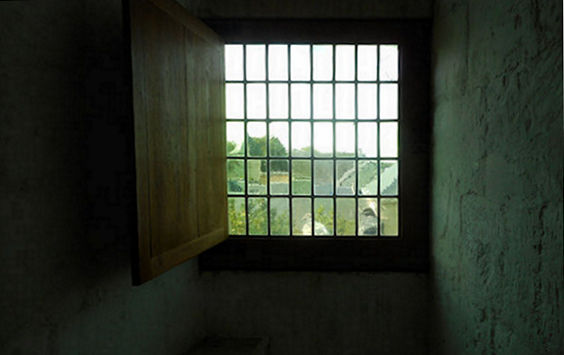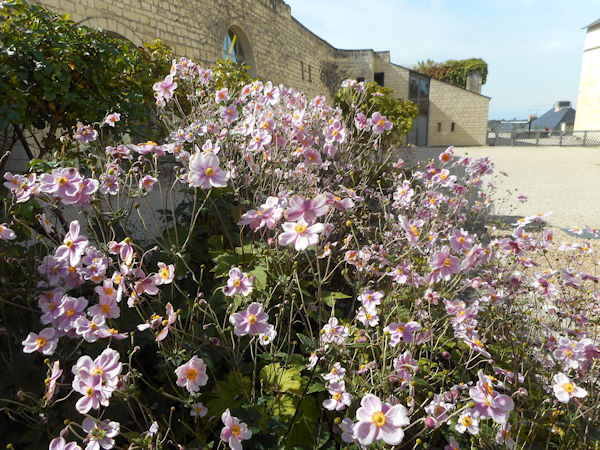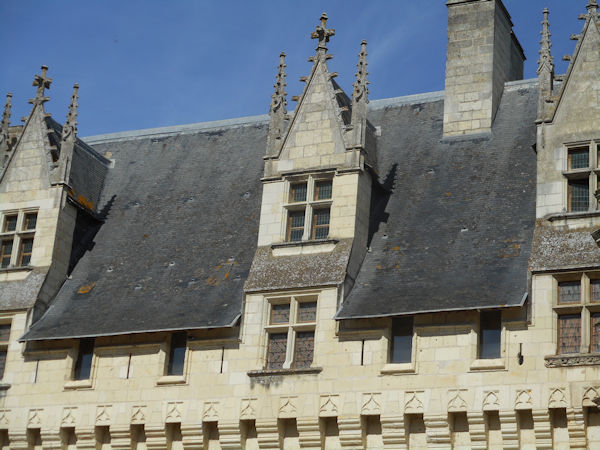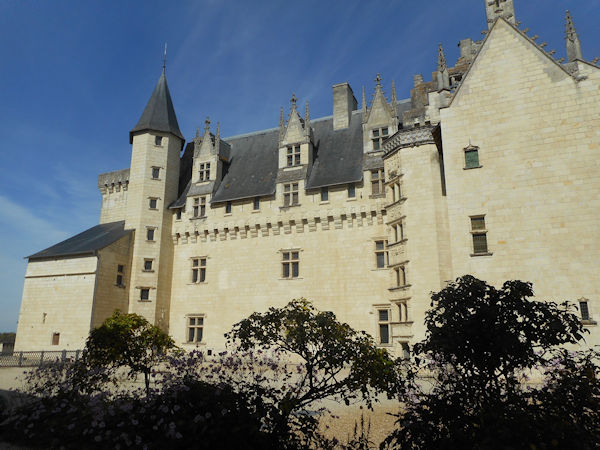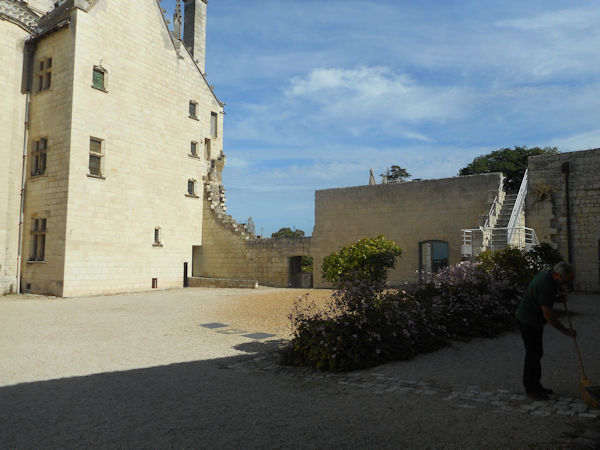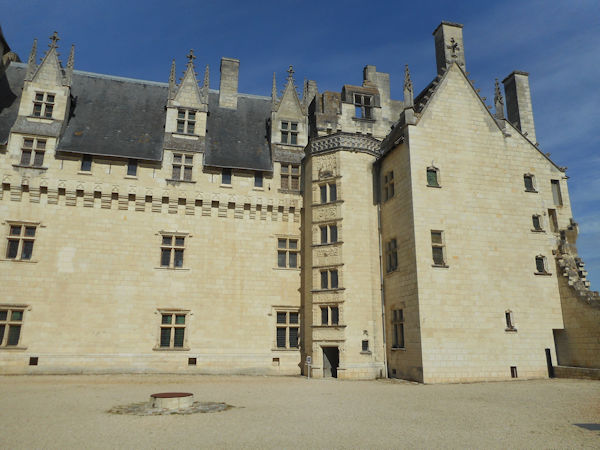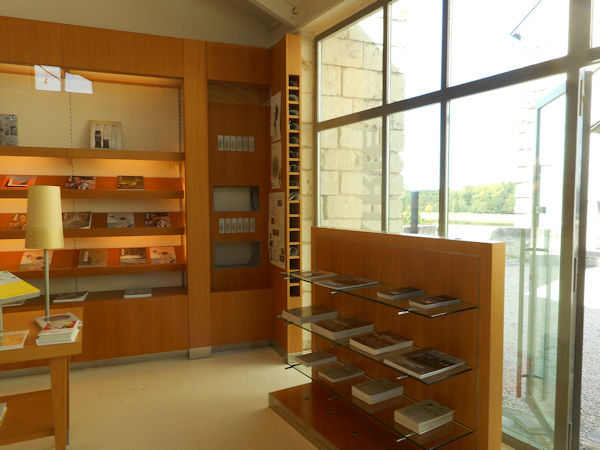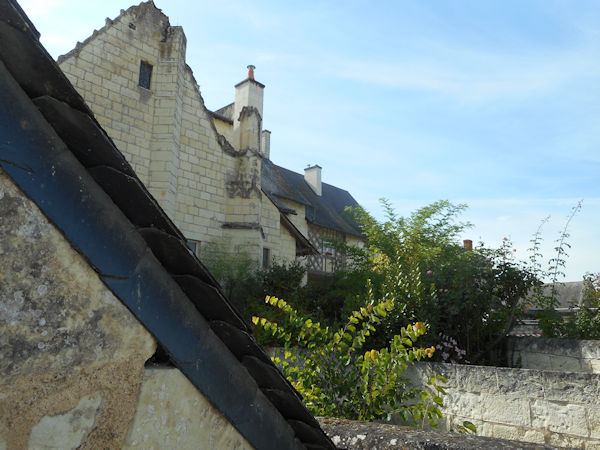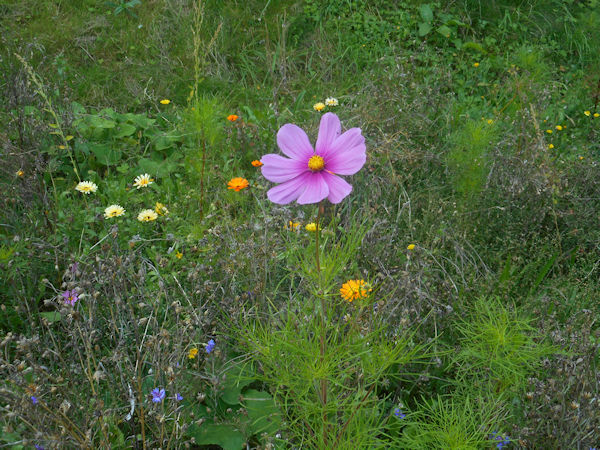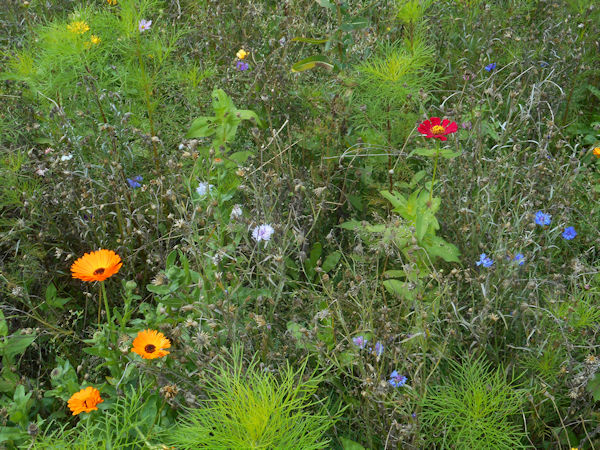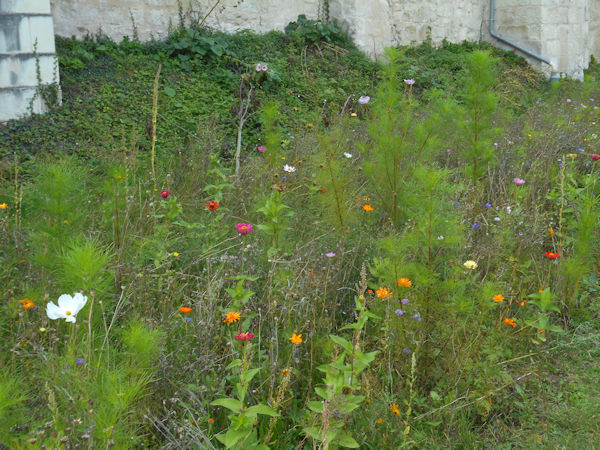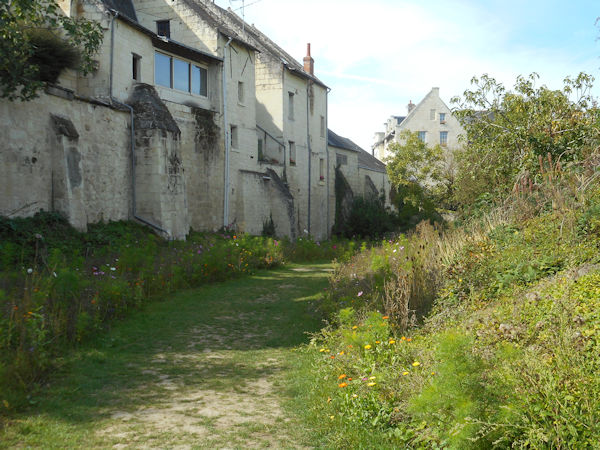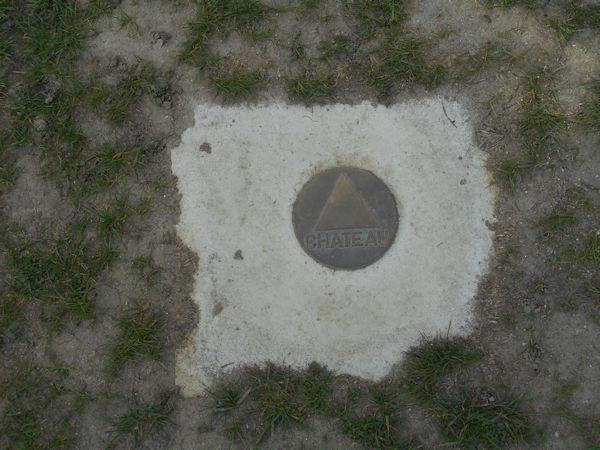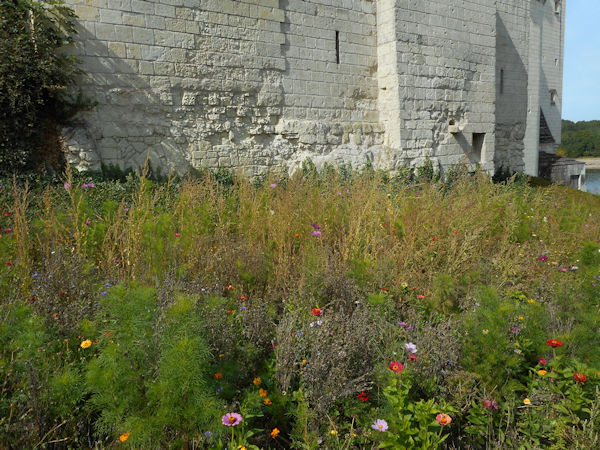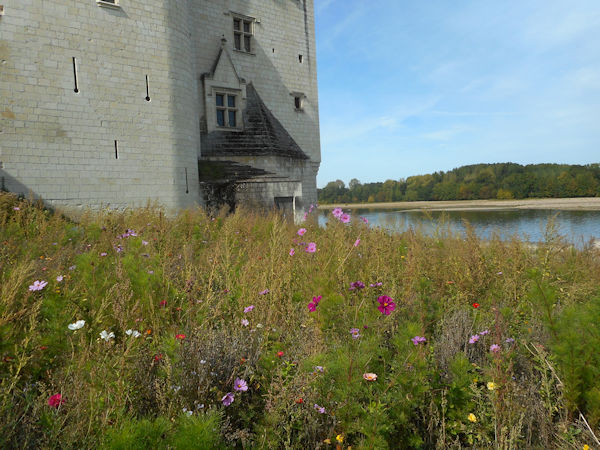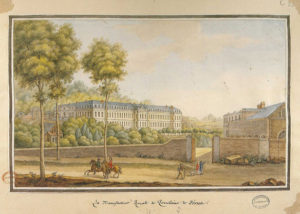Grand old gardens seem to assert the outer borders of Nantes in each direction but it is to the North that is located a roseraie for all seasons with ample flowering year round, old roses in their delicate majesty in the warmer months aside hardy new roses which still flower in the cold months.
Roseraie roses and perfume …
Rosa gallica ‘Officinalis’ or Rose de Provins
Using its flowers, as raw material, the apothecaries of Provins specialized, in the sixteenth century, in the preparation of powder, water, perfume, oil, jam. This commerce flourished to the extent that around the year 1600 the main street of this city was only open to apothecaries.
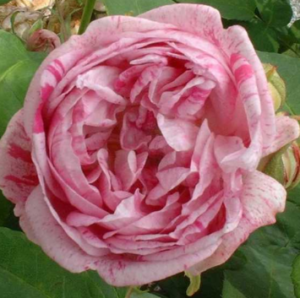
Rosa damascena ‘Trigintipetala’ or Rose of Kasanlik
Bulgaria has cultivated this rose for several centuries for perfumery. Other countries (Turkey, Morocco, India, China) also exploit this flower for its fragrance.
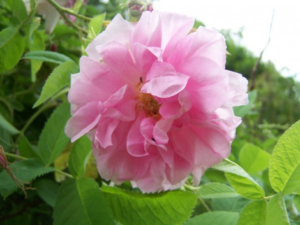
Rosa x centifolia or Rose hundred leaves (Rose with a hundred petals)
Cultivated in France in the Alpes Maritimes, this rose provides the most esteemed fragrance. The French production in 1990 amounting to nearly 320 tons of flowers.
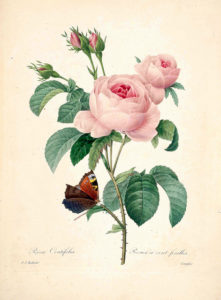
The perfumes
Roses exhale fragrances of varying quality and intensity that sometimes influence the soil and climate. If Kasanlik’s rose and the rose of the painters smell pink, Golden Sun has a spicy smell. Other roses release bouquets of scents: apple and clove (Souvenir de la Malmaison), iris and violet (Maréchal Niel), rose and parsley (Mrs John Laing), anise (Paul Ricard).
Award of Garden Excellence
During the inauguration of the 10th Biennial of Fragrant Rose, on June 18, 2010, Mr. Maurice Jay, President of the French Rose Society, presents to the public the plaque of the Award of Garden Excellence, awarded by the World Federation of Societies de Roses in 2009, designating the International Rose Garden of Nantes as one of the 4 most beautiful in France (after the Haÿe les Roses in 1995, the Golden Head in 2006 and Bagatelle in 2007) and among the 35 remarkable rose gardens in the world.
To discover in the rose garden …
The alveoli
To accentuate the privileged contact with the roses, the designer drew paths symbolizing a branch of rose with its ramifications, its thorns and its flowers.
This route allows two complementary approaches:
– by taking the gravel circulations, the visitor perceives all the massifs with their modeling and their colors,
– using paved alleys, he enters the world of roses. The enthusiast has the leisure to seize the beauty, to capture the perfume, to know the name of each of them and to photograph his favorites.
The Ellipse of the medalists
Within this ellipse exposed to the South and sheltered from the wind are gathered the roses that constitute the ‘Top 50’ of the new varieties.
The belvedere
From this high point of the Roseraie, the view extends to the city center and, it is easy to appreciate the privileged site that occupies the park on the banks of the Erdre. This beautiful river, punctuated with castles, ranked ‘great national site’, promotes river tourism and water activities.
The Alley of Fragrances
This showcases rosebushes from the Nantaise Rose fragrance, whether award-winning or not, but always remarkable for their scent.
The Clos des Roses Parfumées
This forms an elliptical arena where the sweetest scents are confronted. Le Clos has been specially designed for the International Rose Perfume Contest using the model of this former artisanal quarry sheltered from the East winds.
The architecture takes up the theme of the Rose Garden.
The materials are of the same nature:
– Pontchâteau stone for the pavement of the Rose Garden (work done by the gardeners of the SEVE) which covers an area of about 4,000 m2
– Pont Aven stone for the walls
– ironwork
– wood.
The Fan
The geometric design, inspired by an arabesque, consists of three varieties of roses. By their arrangement in ‘rainbow’, they create a variation of colors from yellow to dark red.
The Alley of ‘Old Glories’
Here are grouped the most deserving old roses, called for the occasion ‘the Old Glories’. Many of them offer a unique and generous bloom in May-June. The roses producing a second bloom at the end of summer (so-called ‘rising roses’) did not enter the gardens until the end of the 19th century.
CLICK Refresh FOR SLIDES
Google Maps – Parc Floral Roseraie
